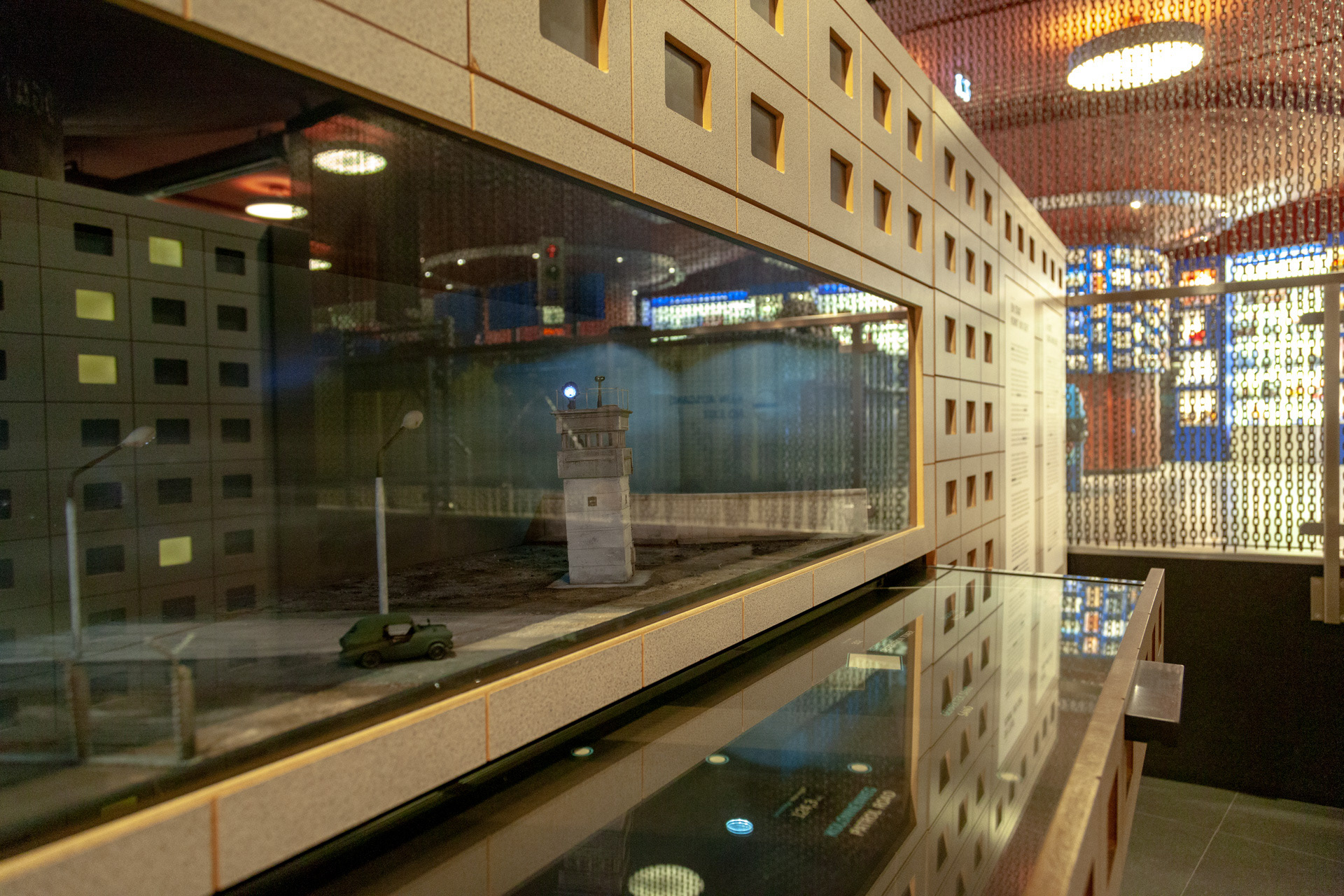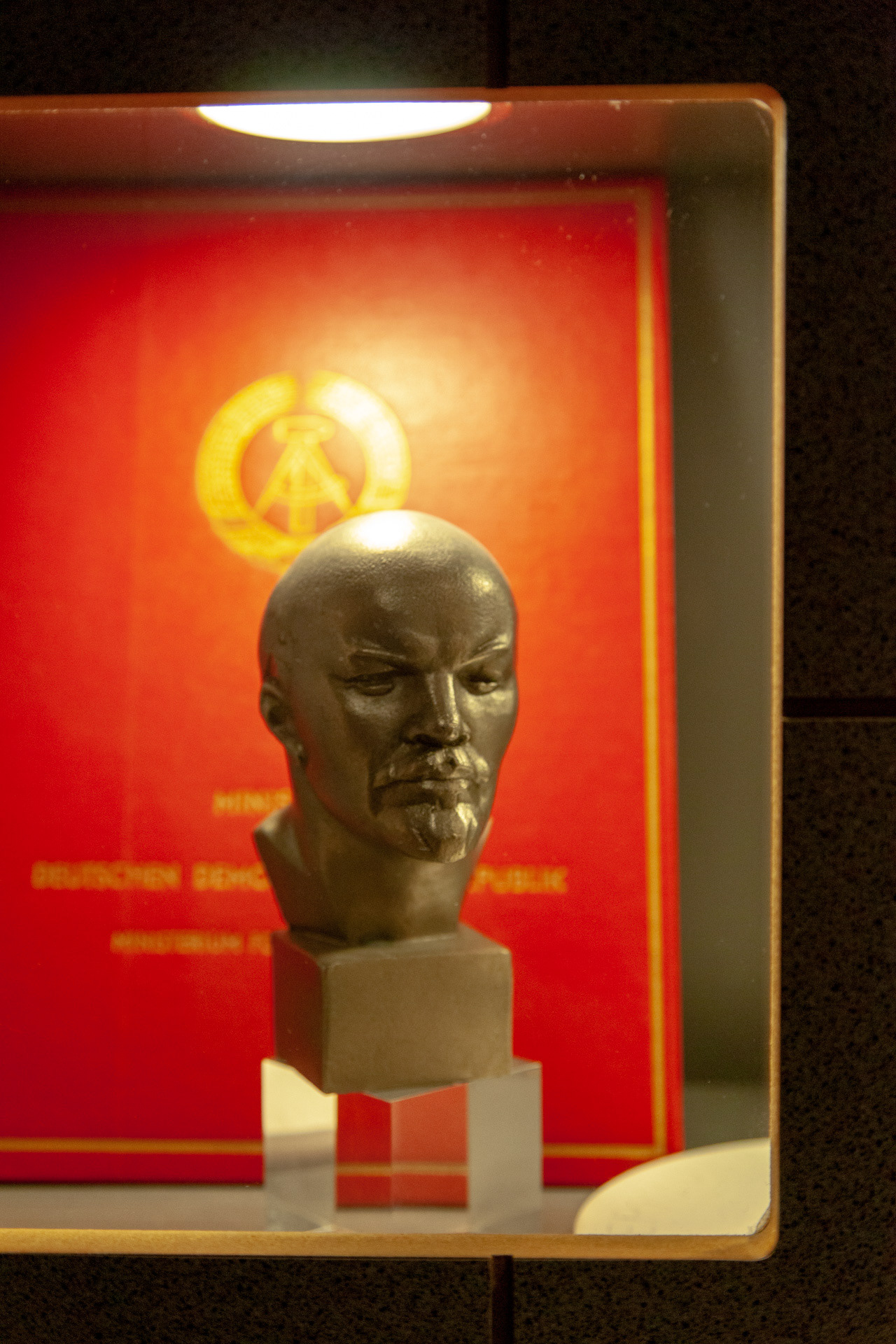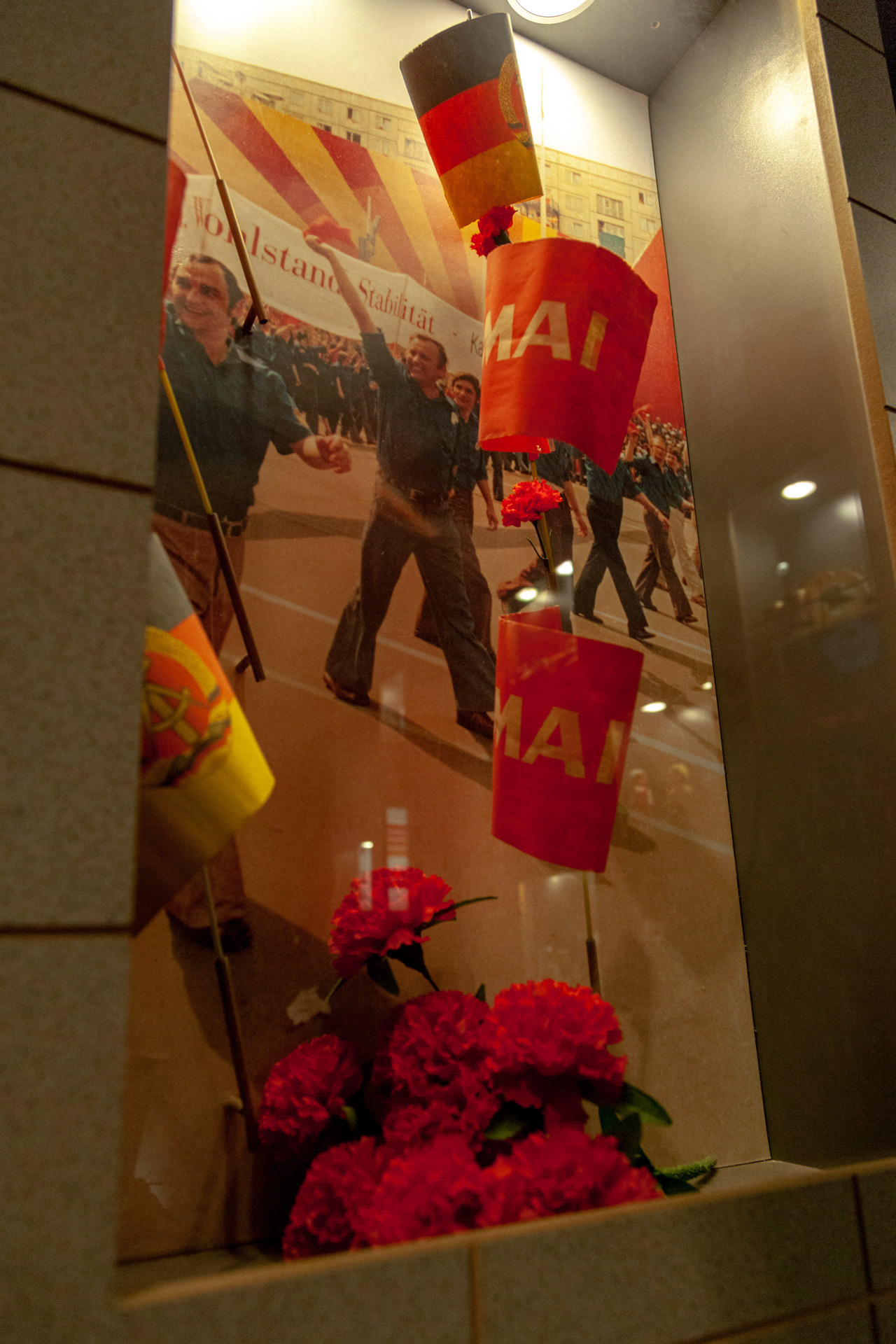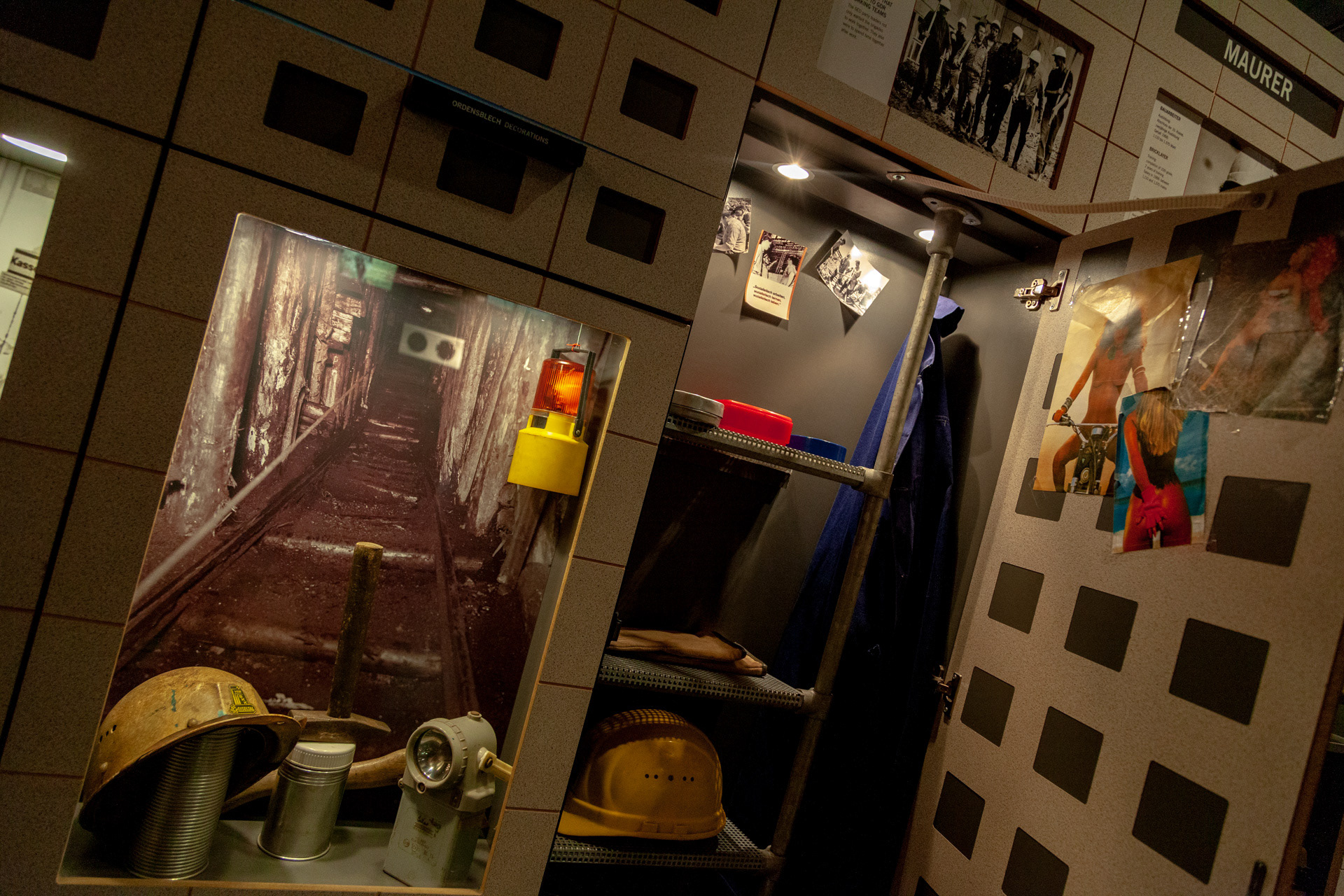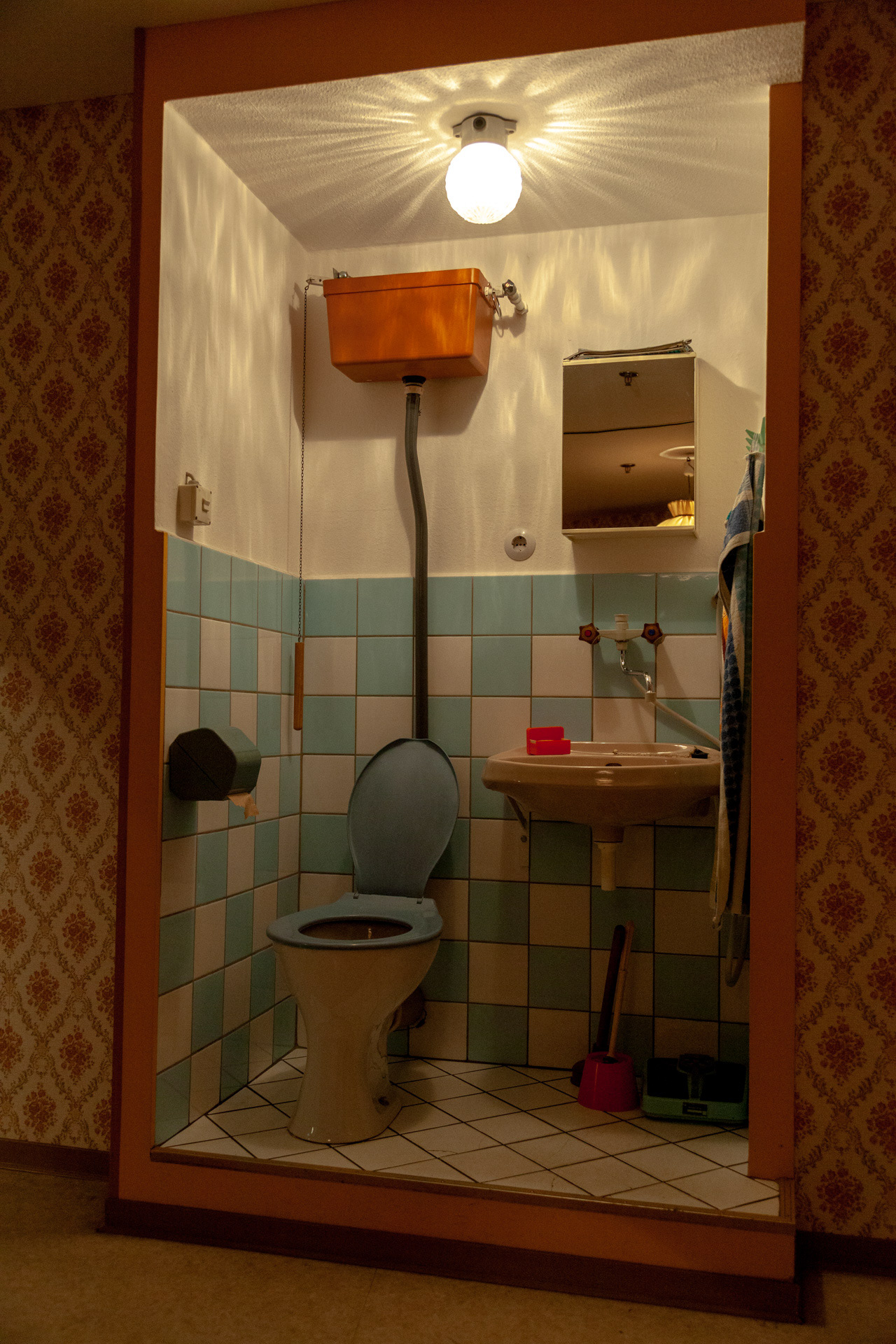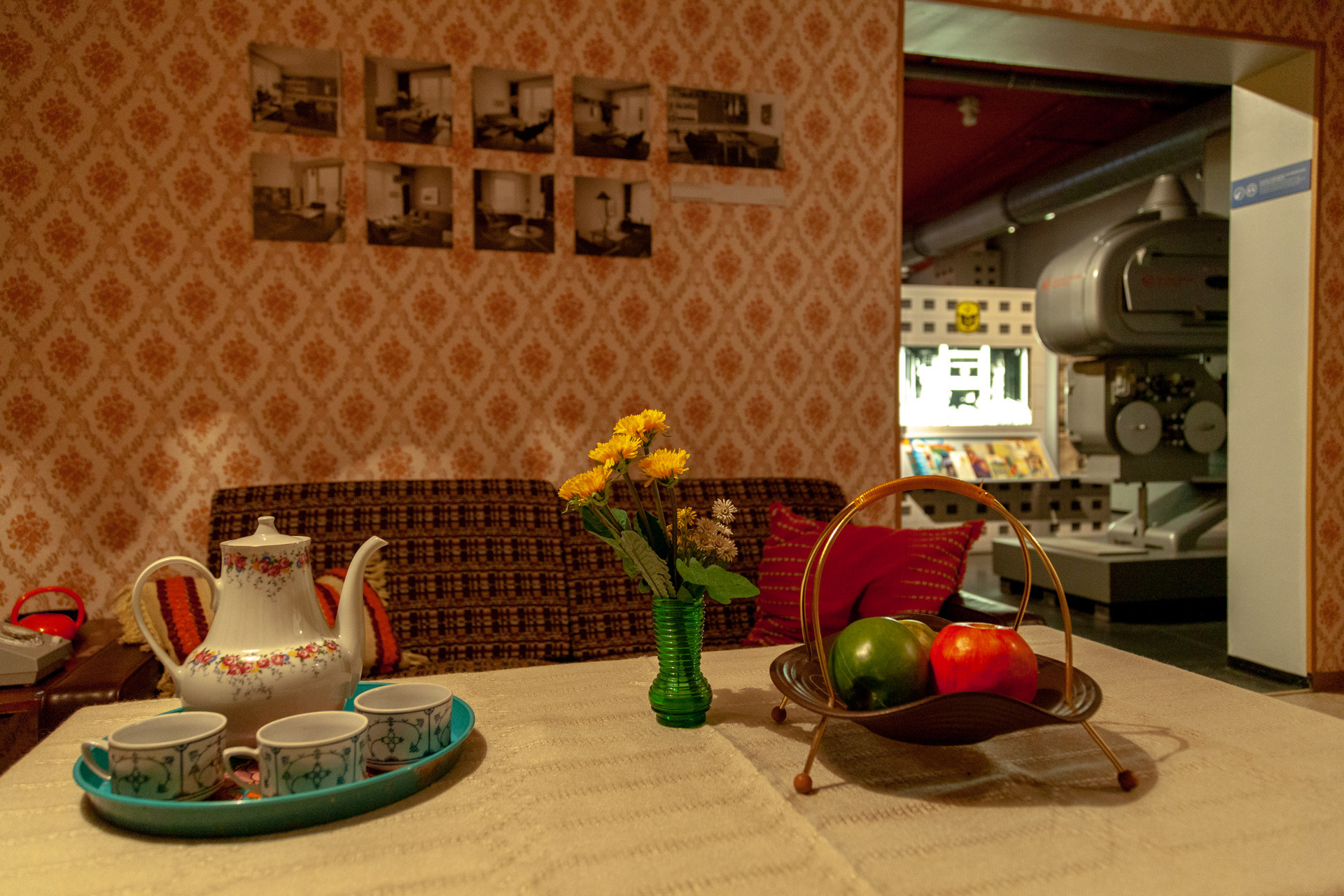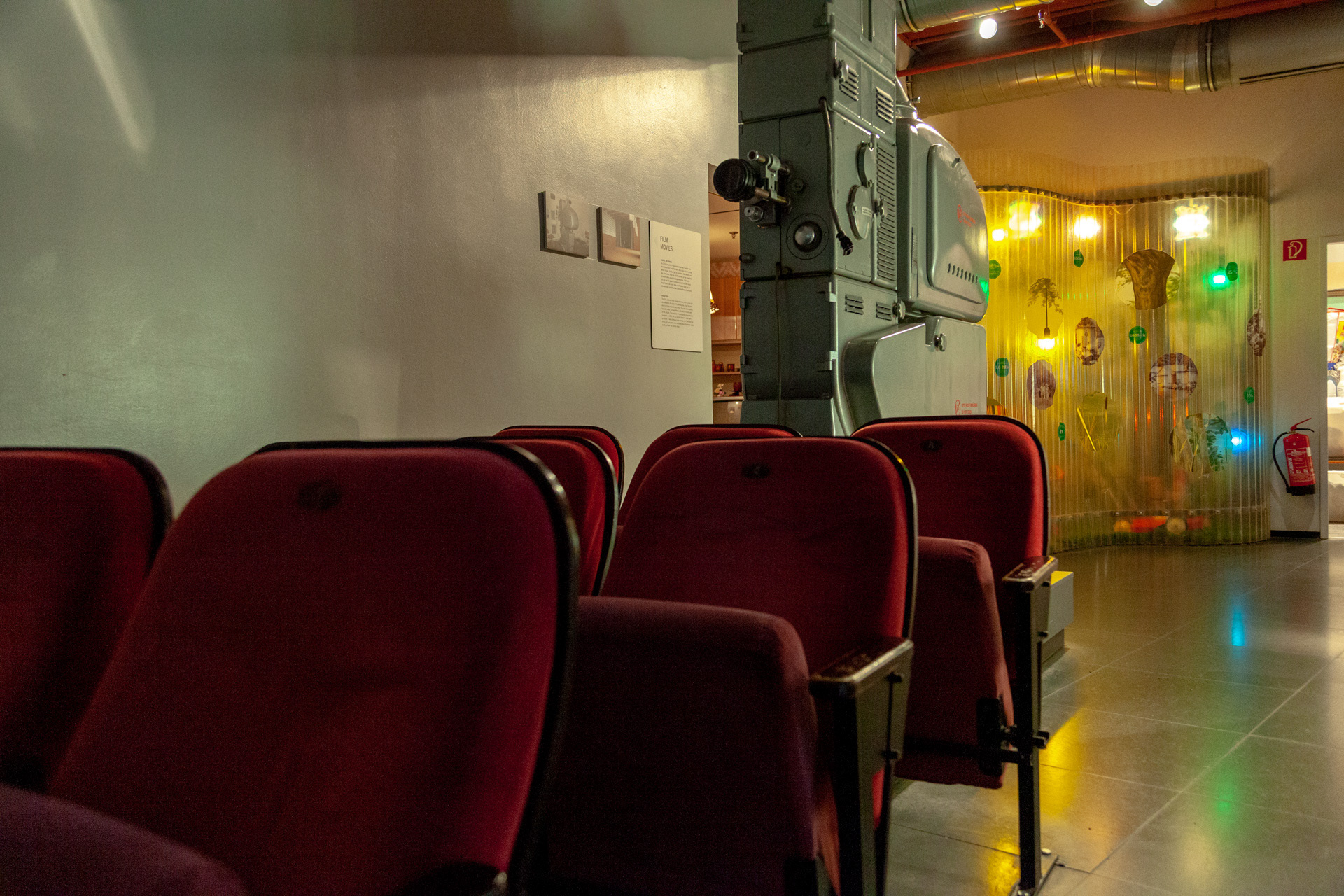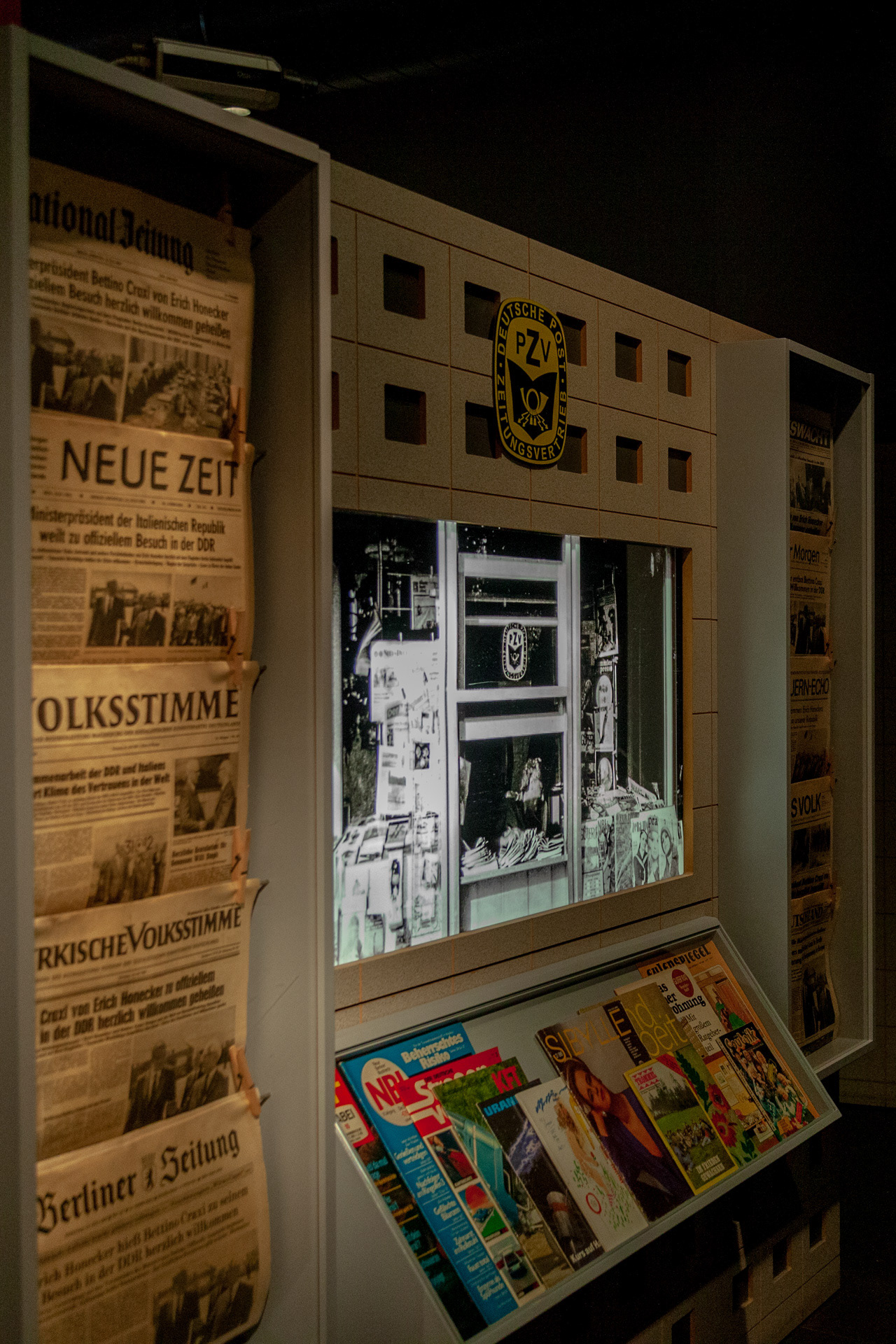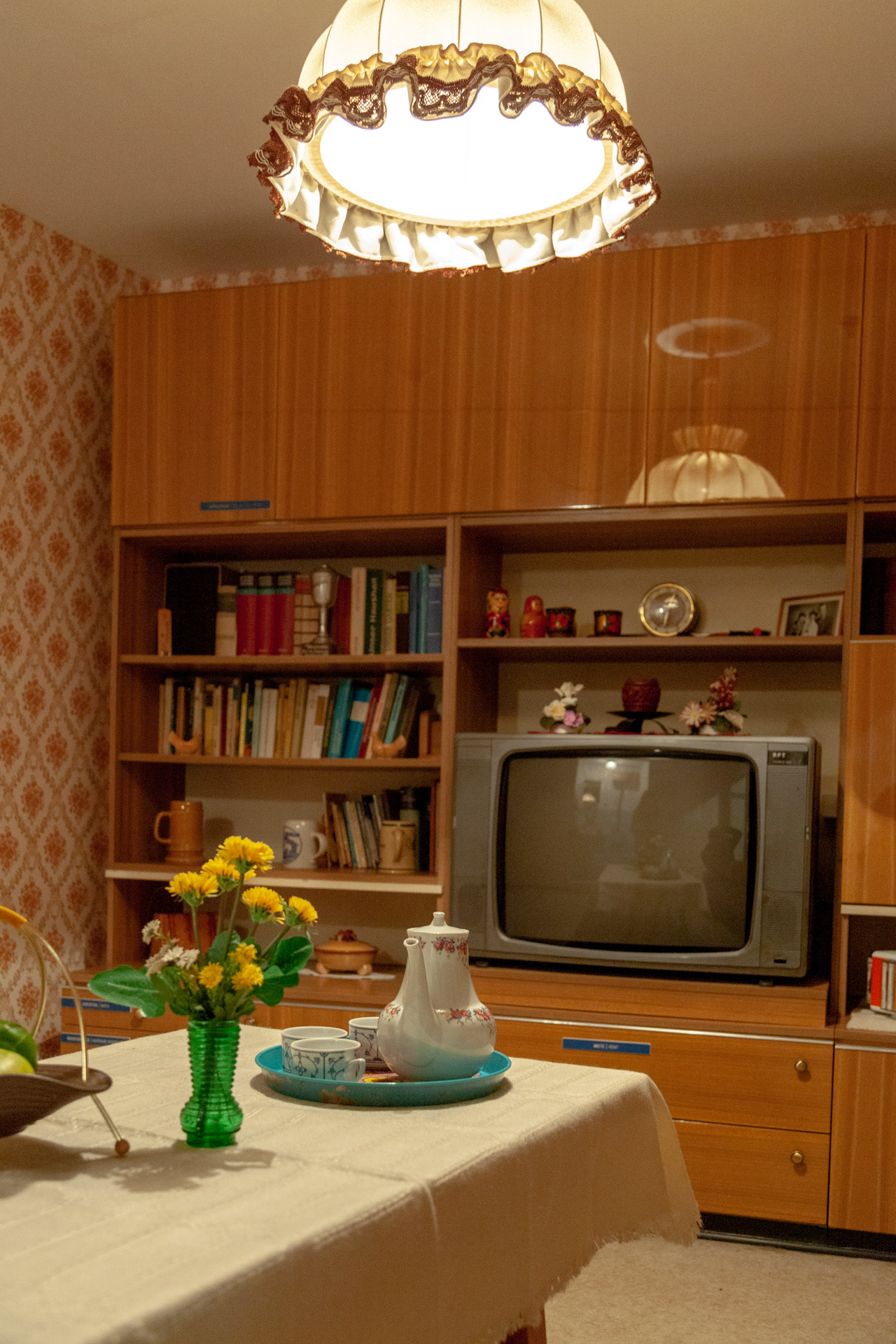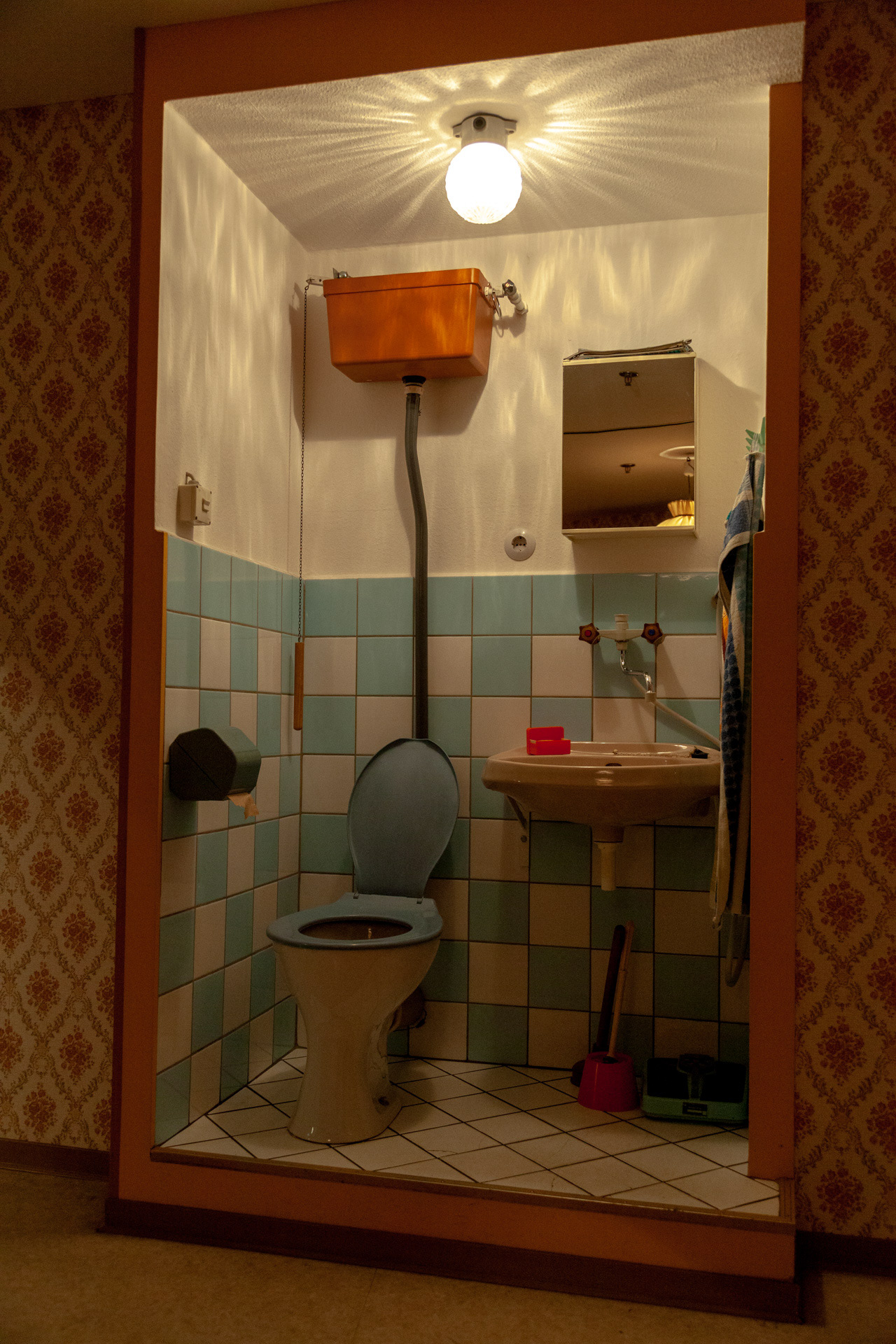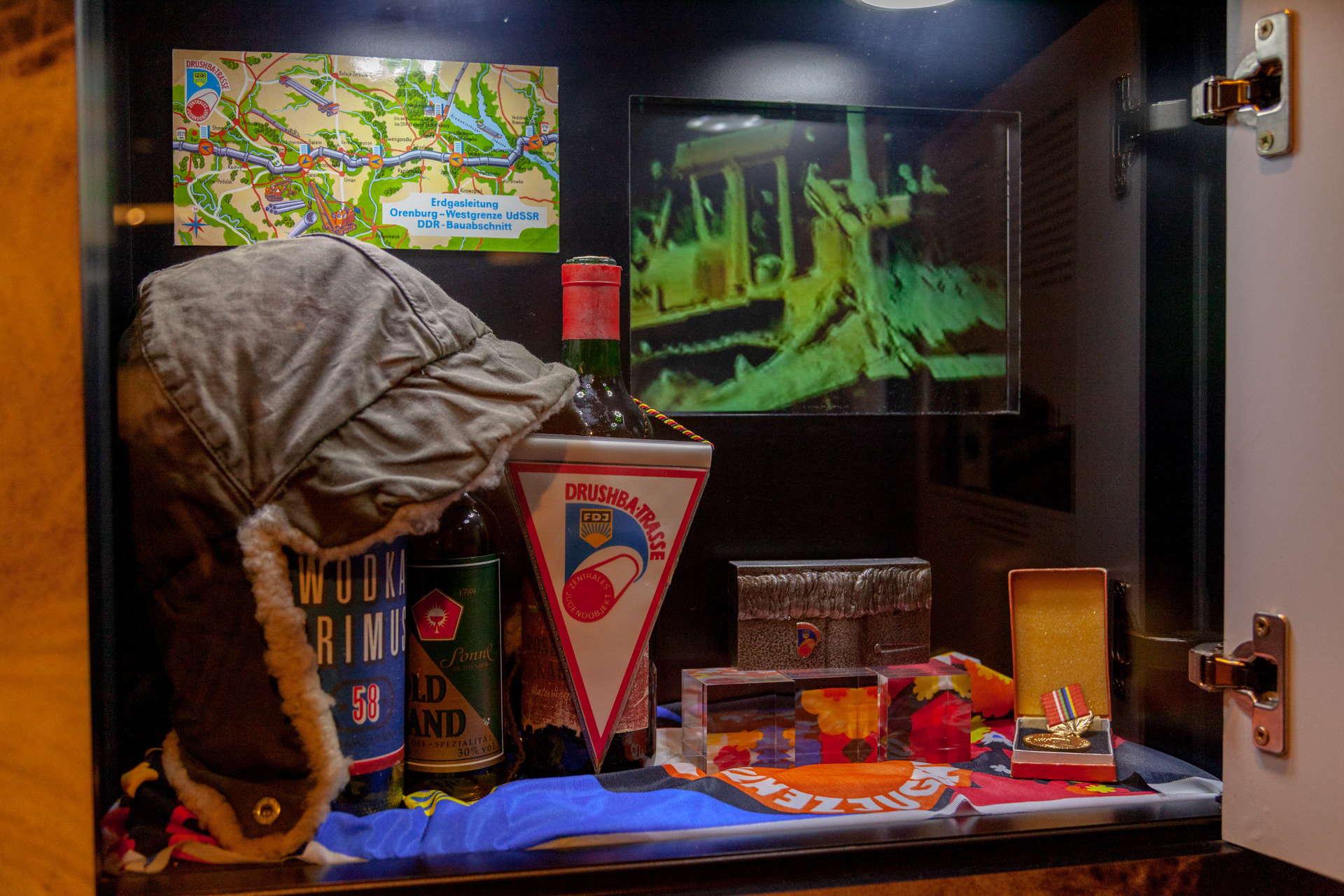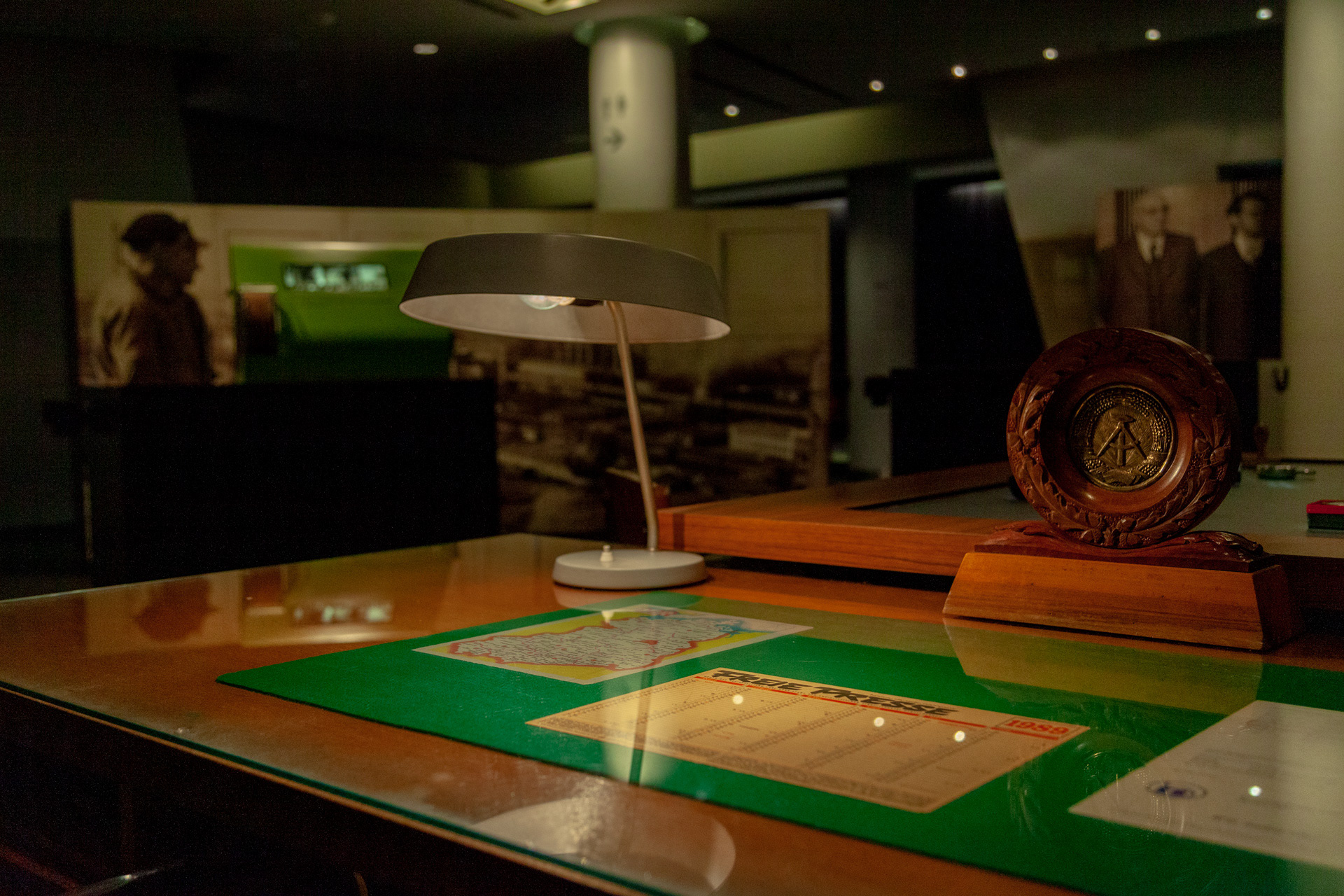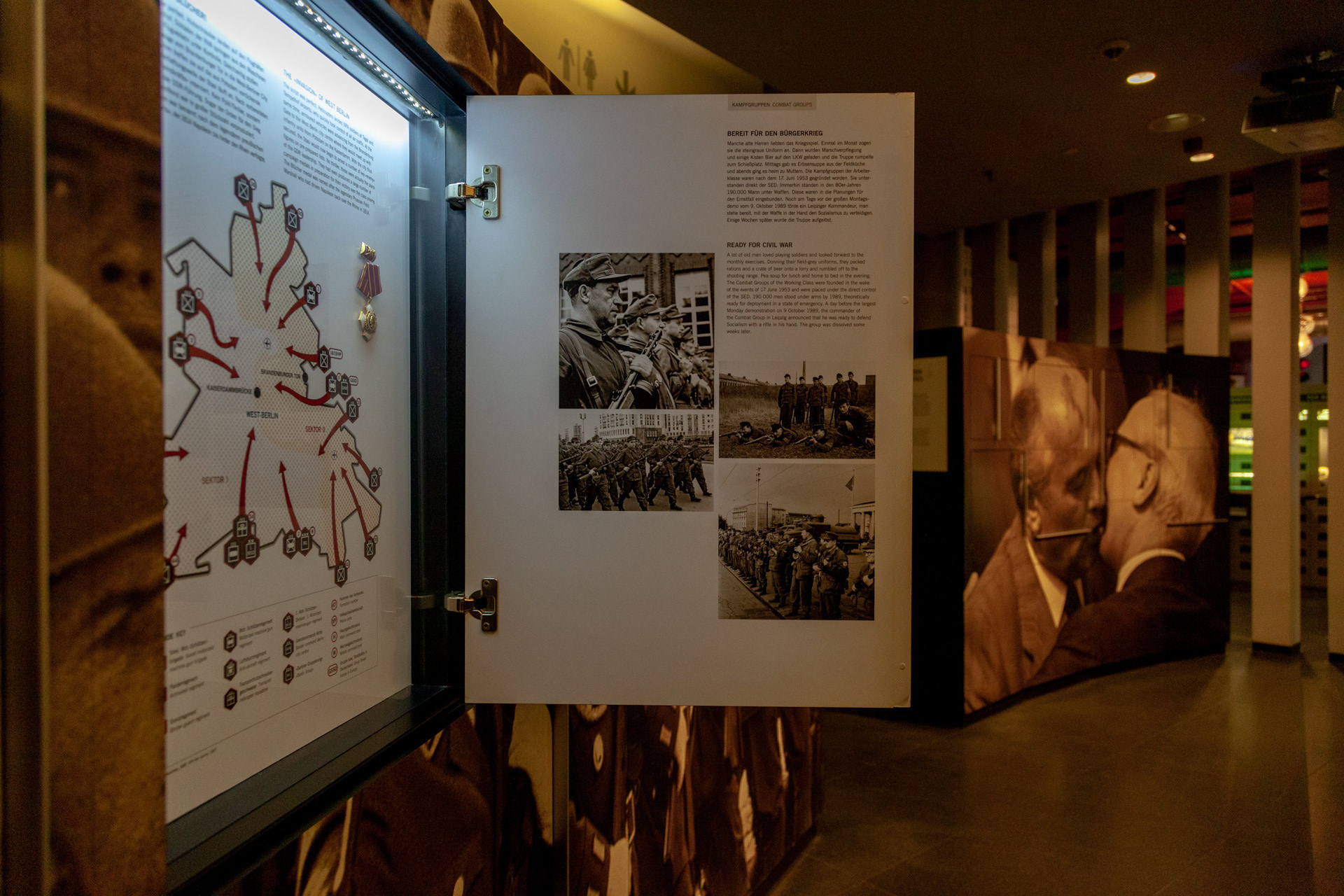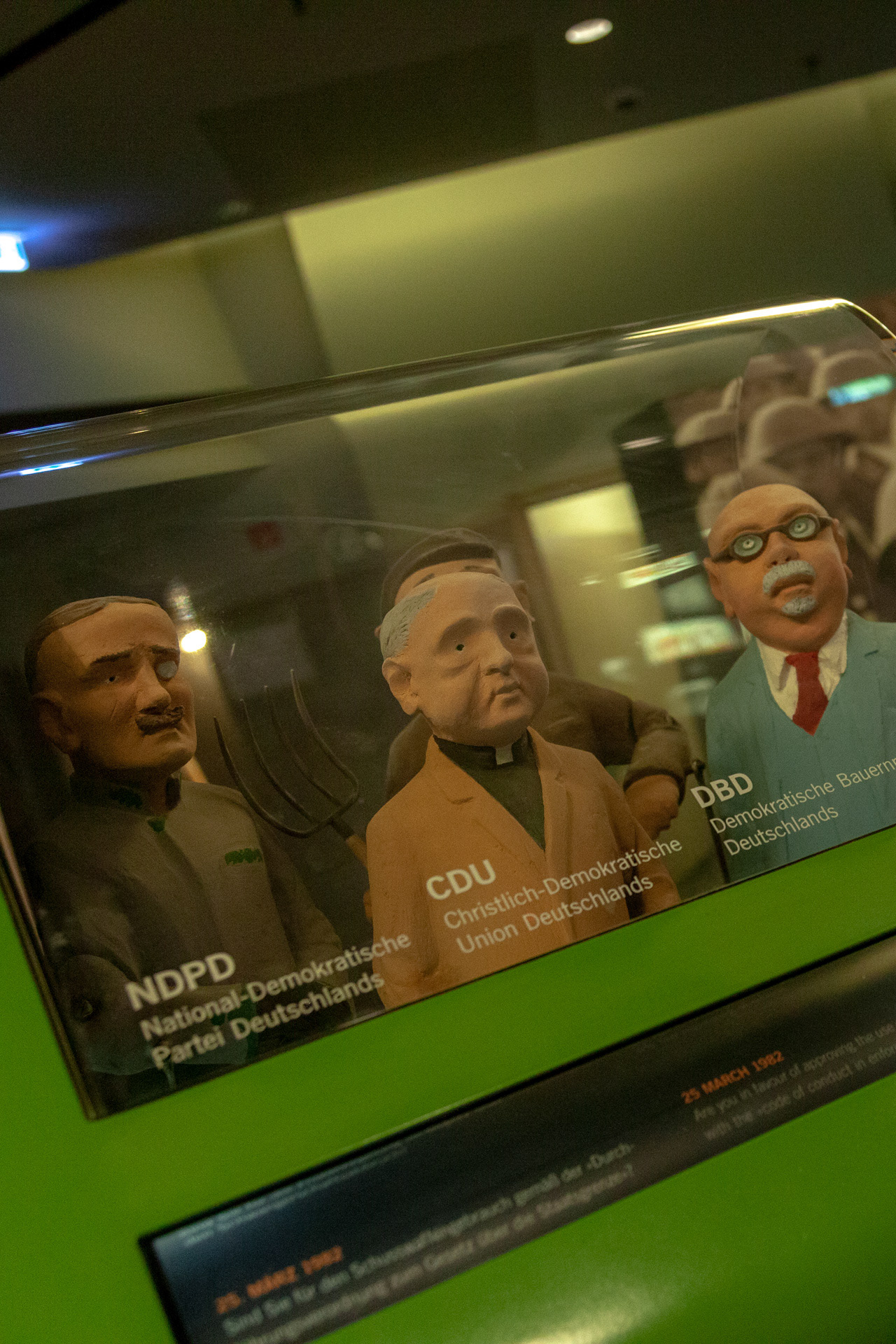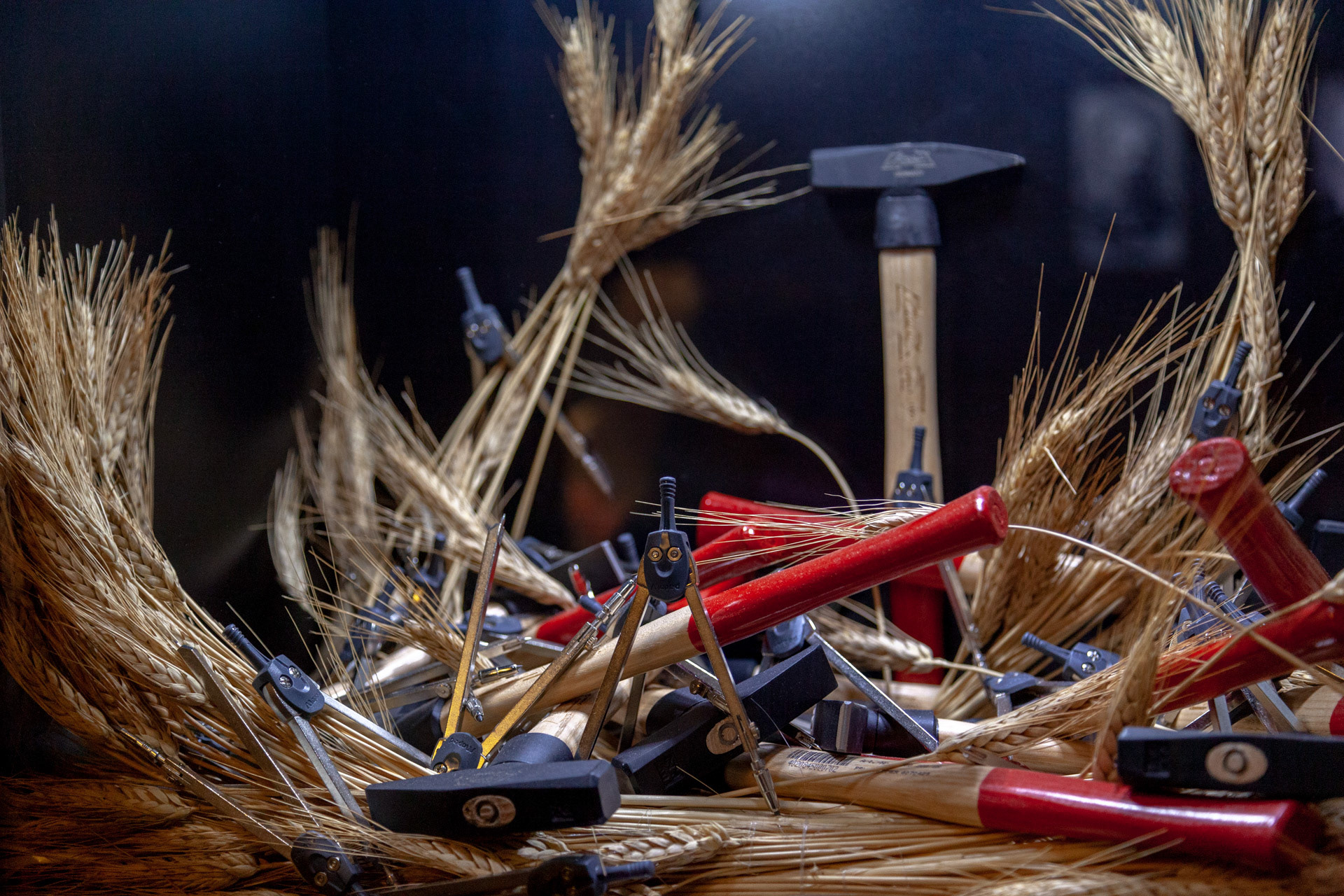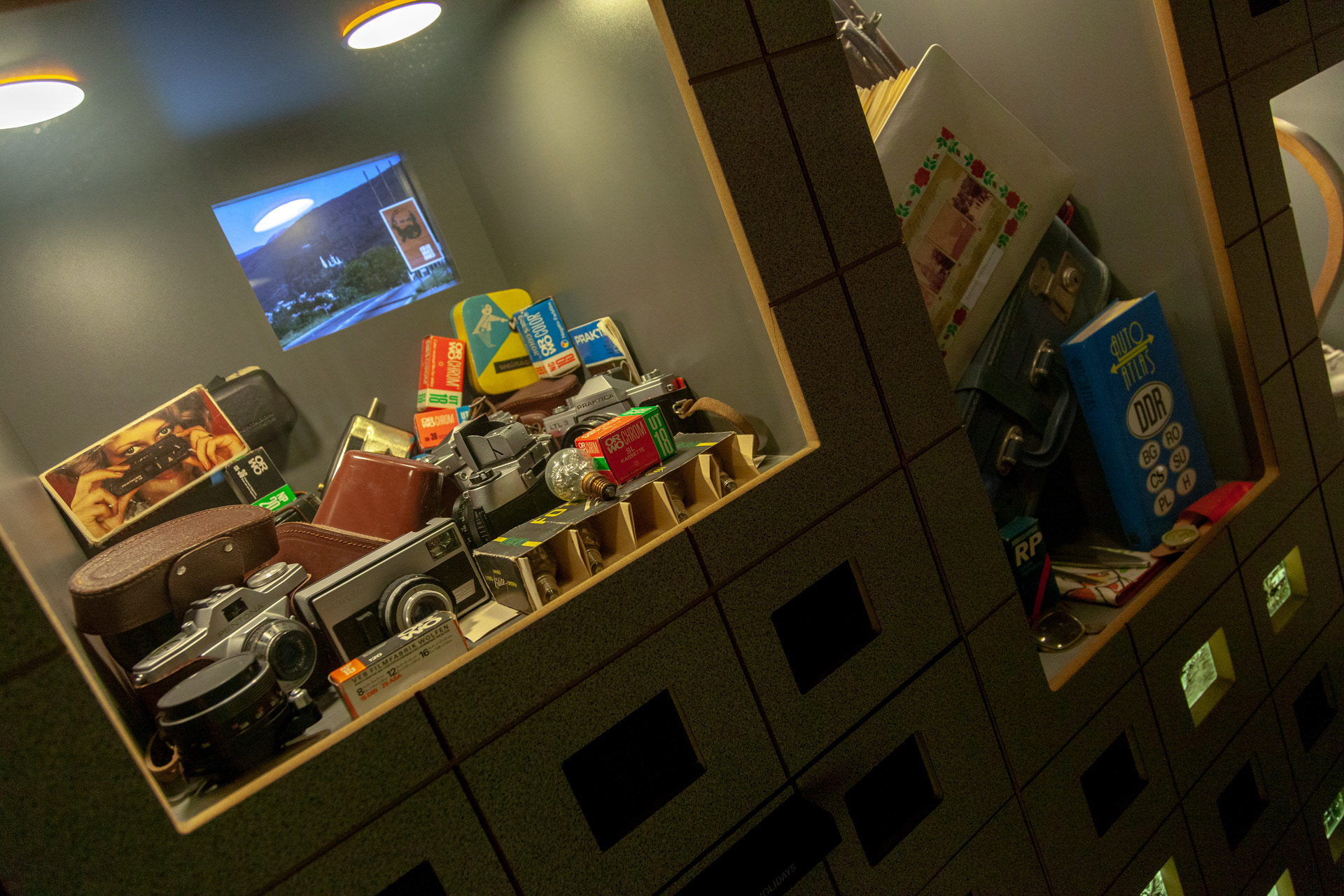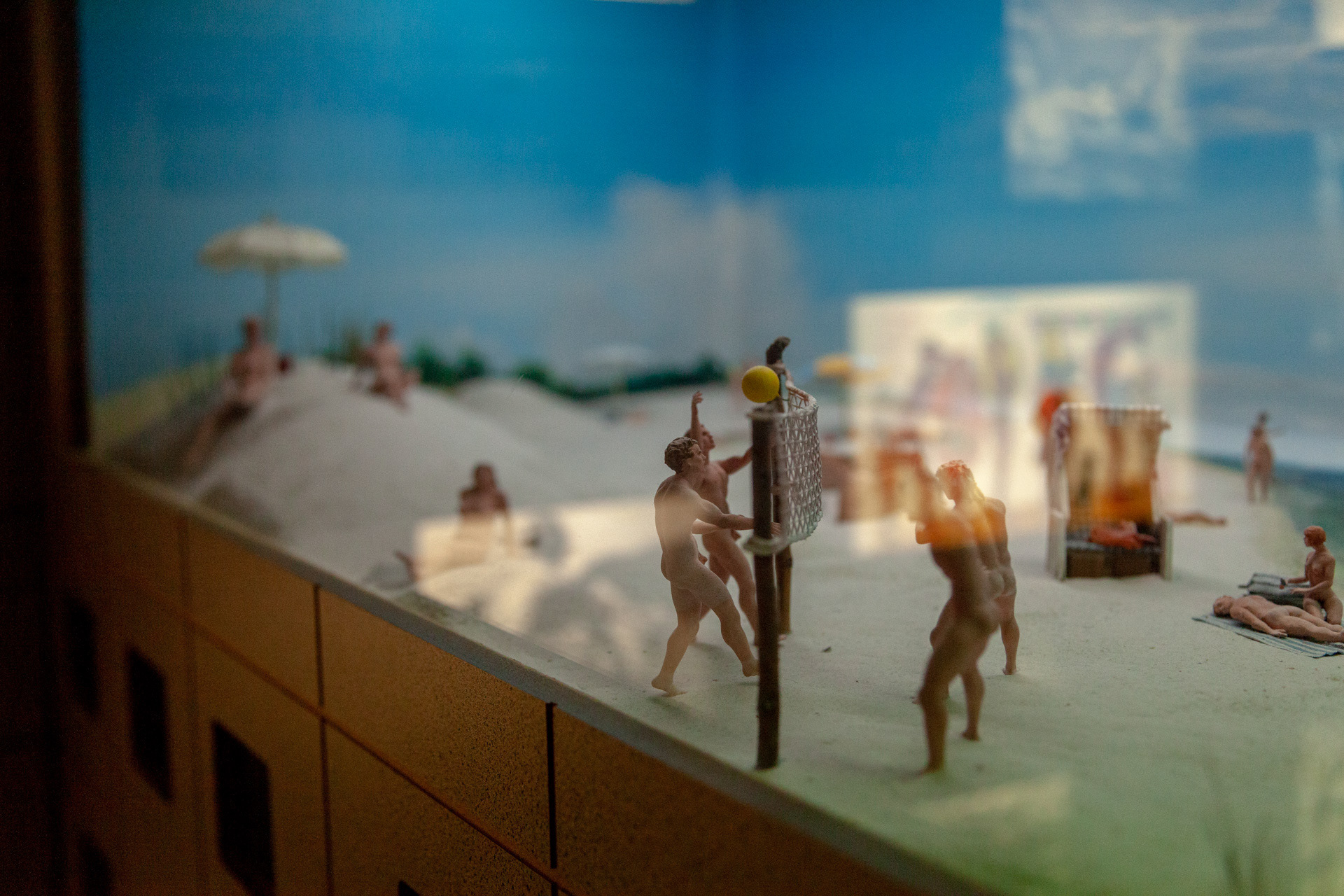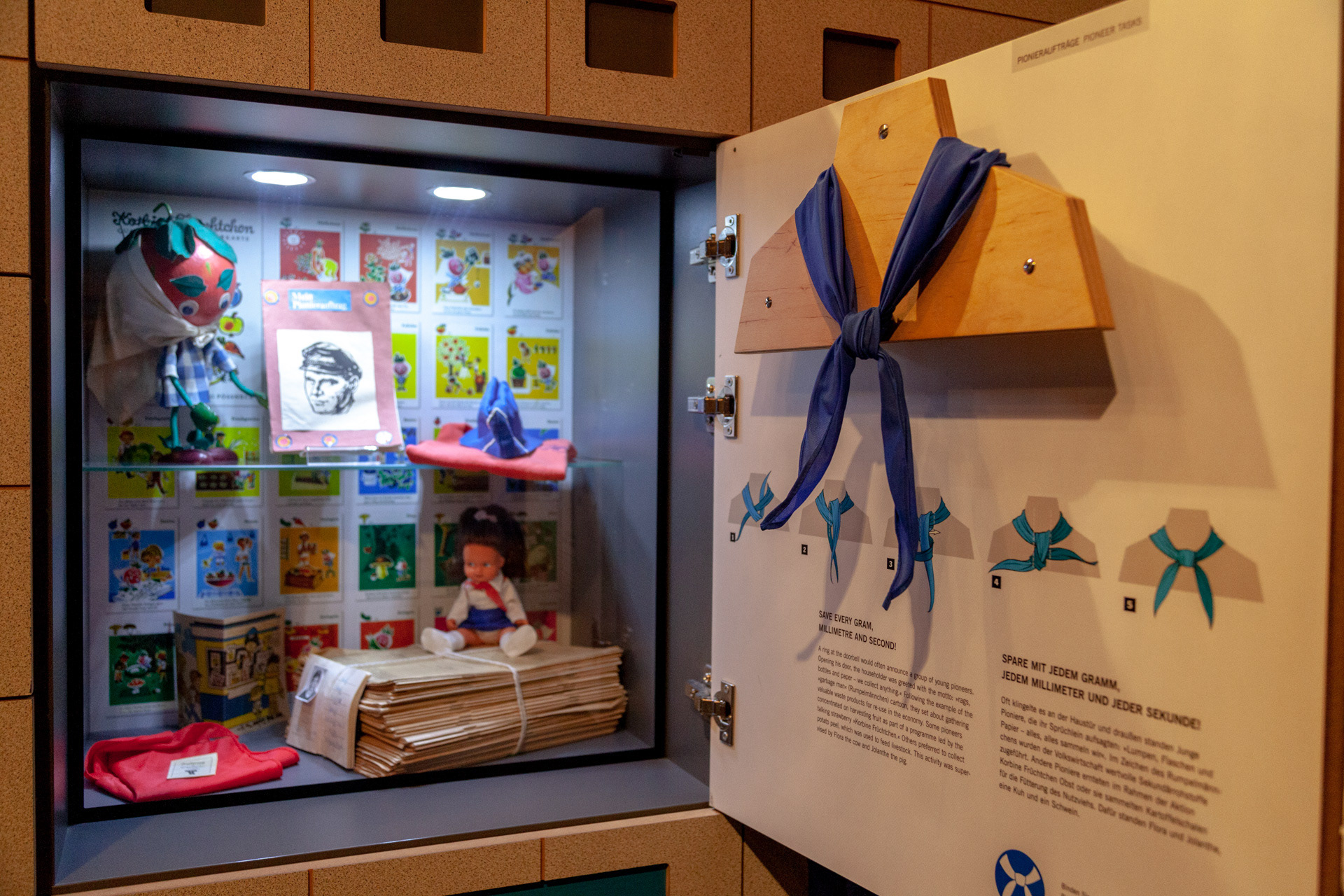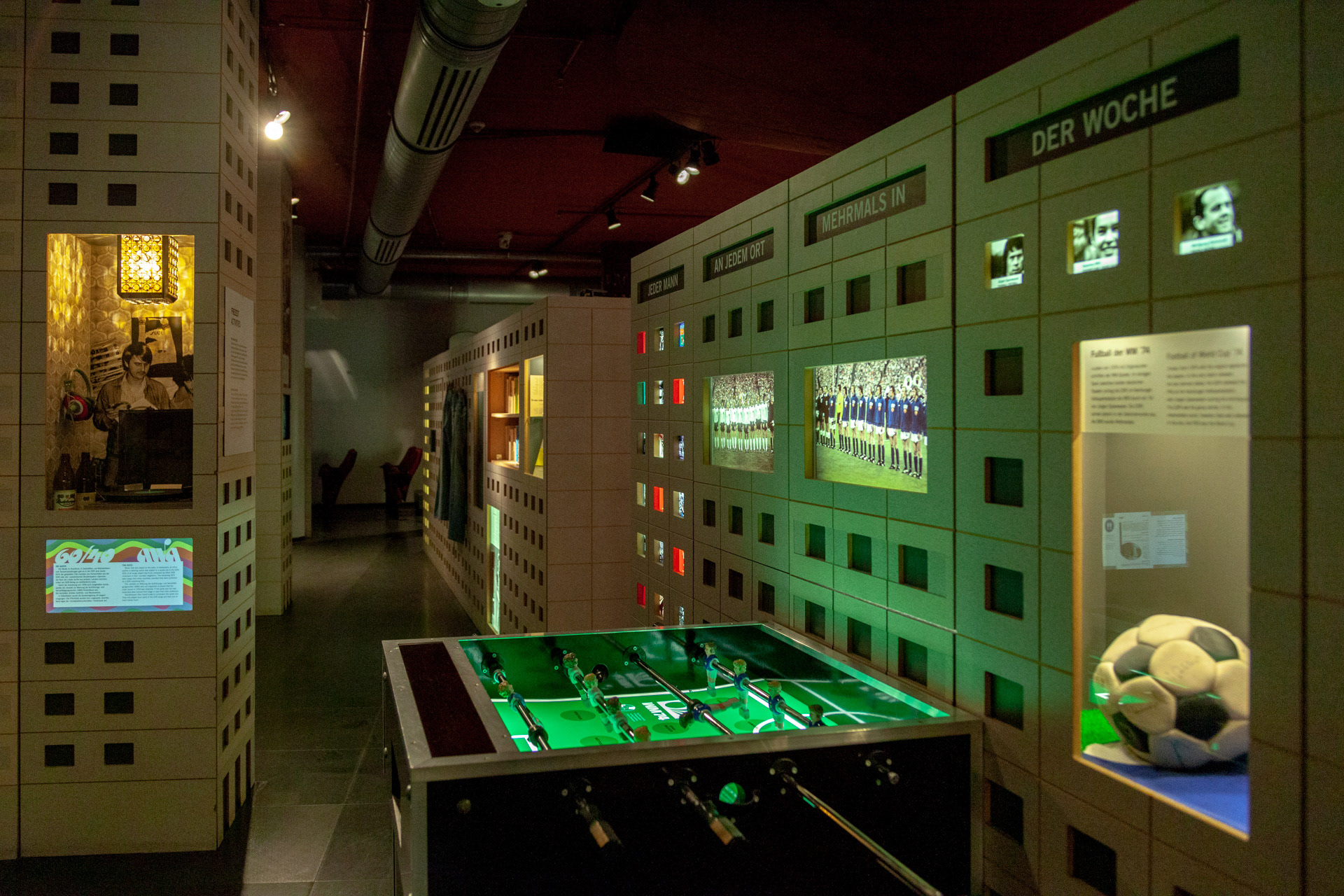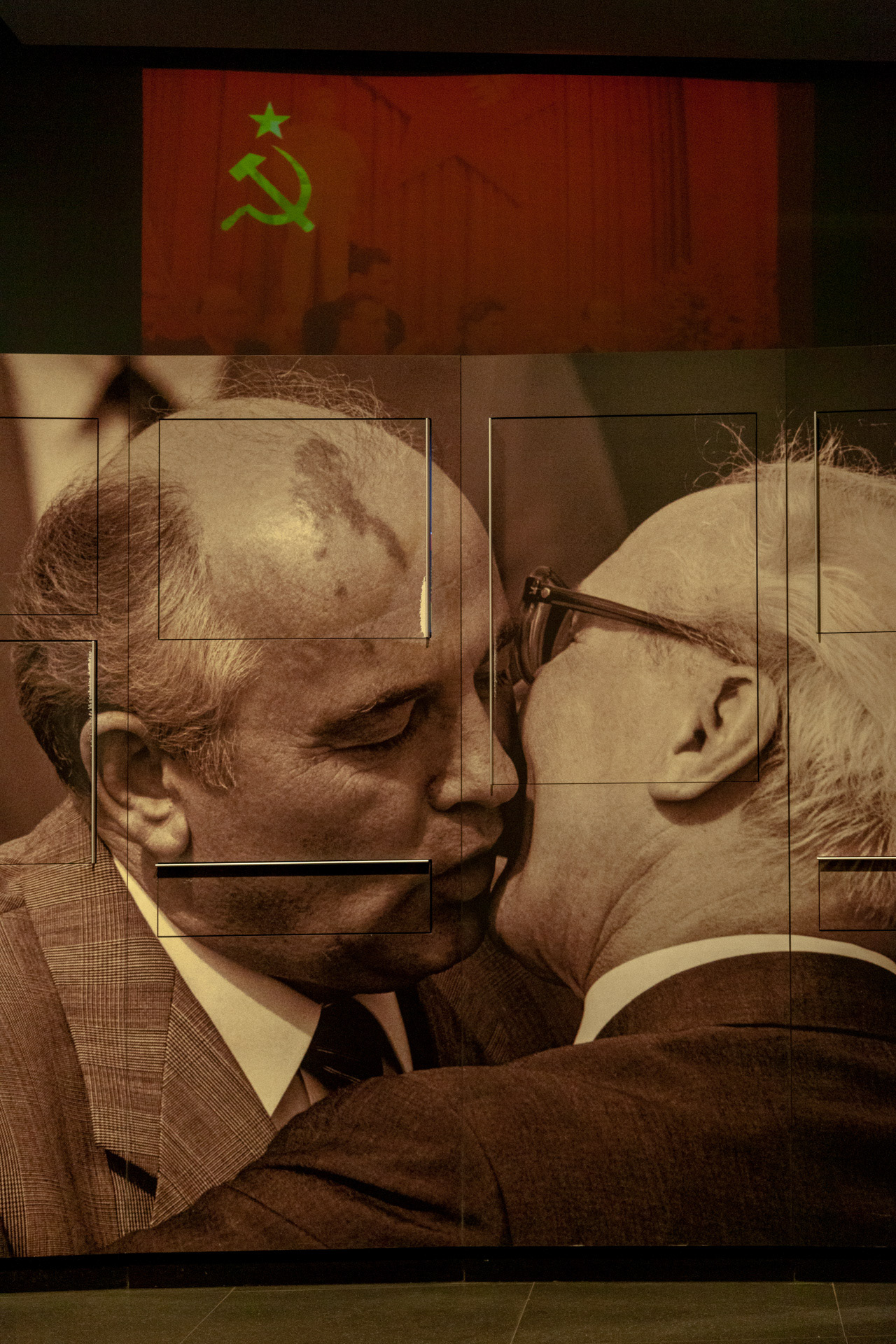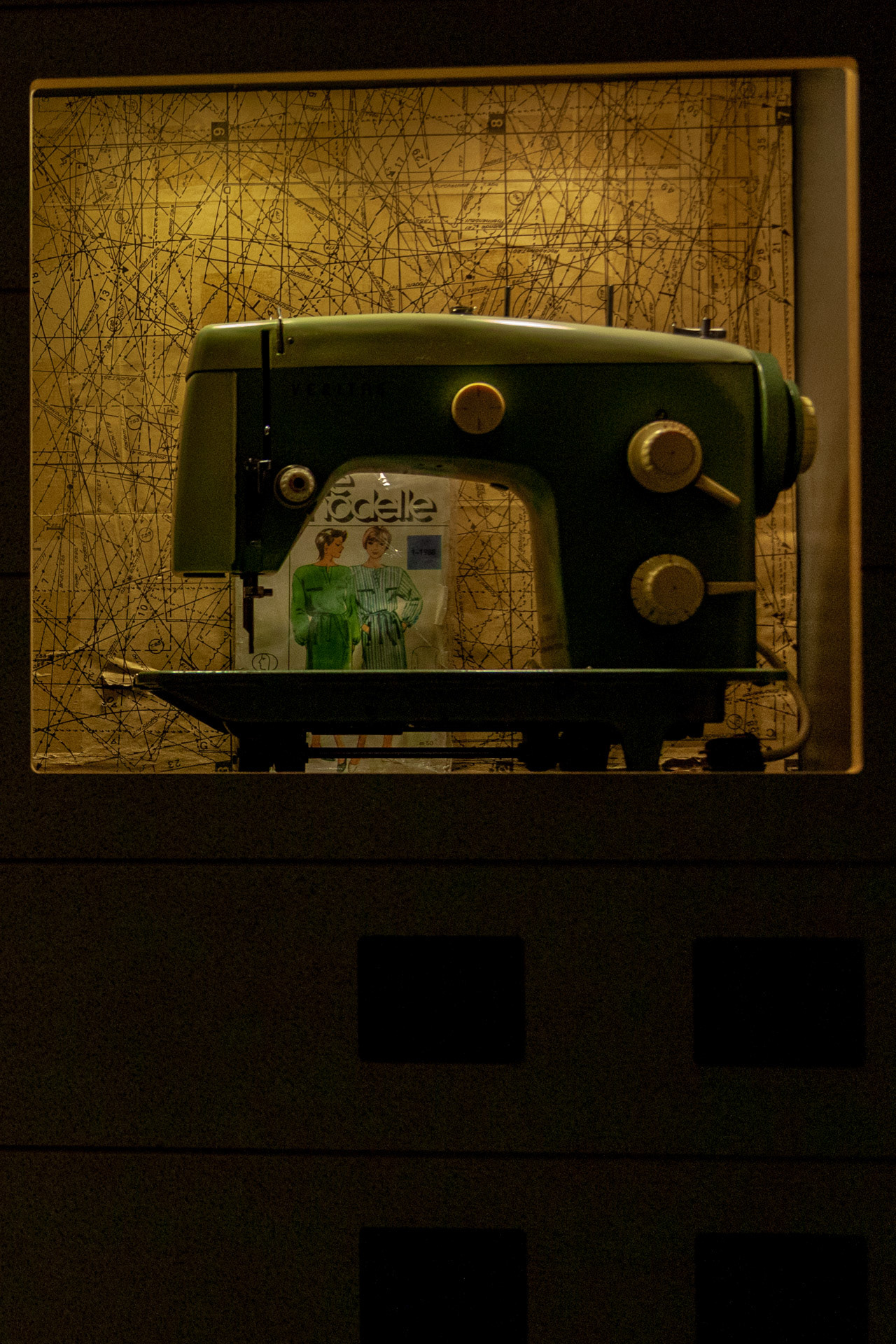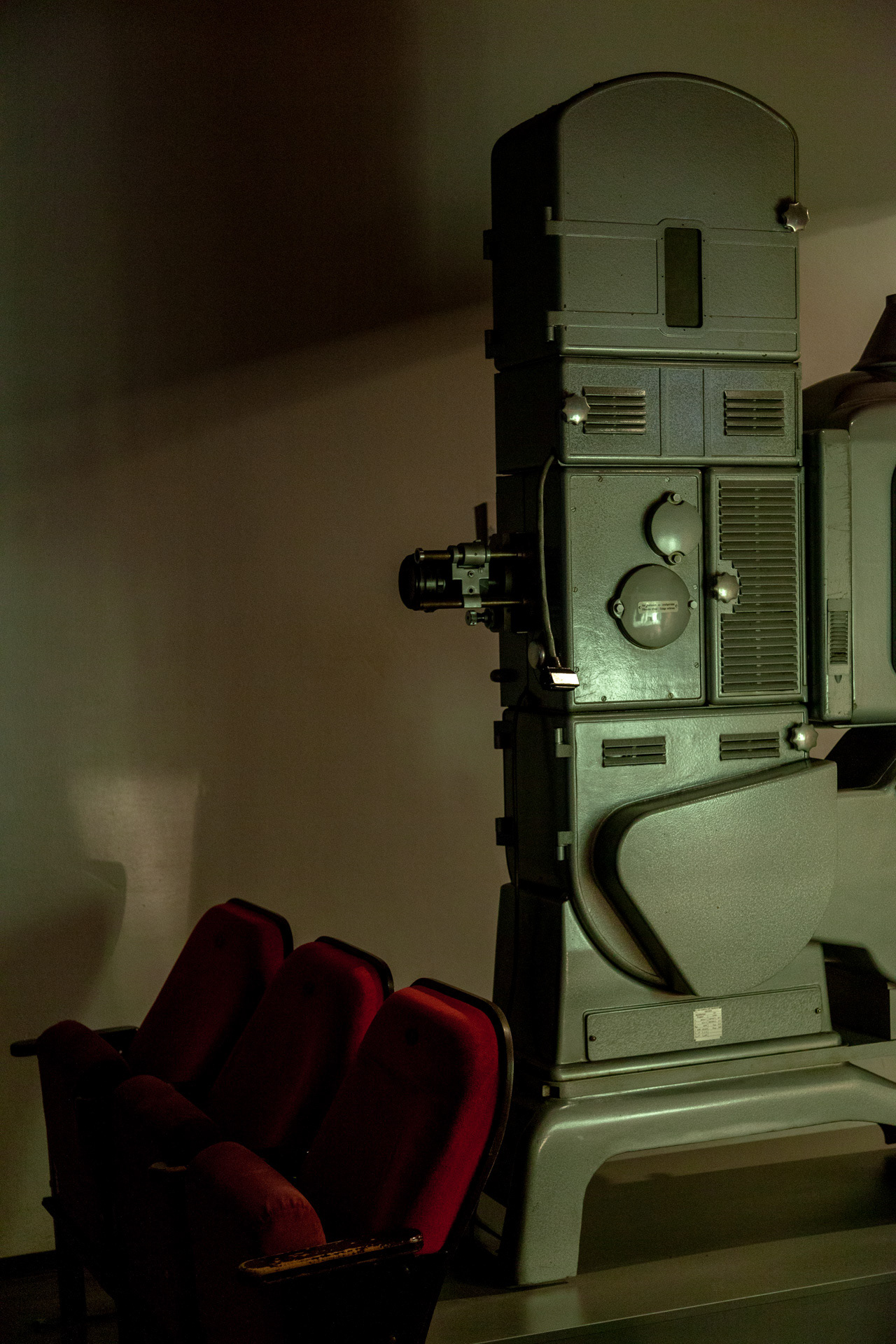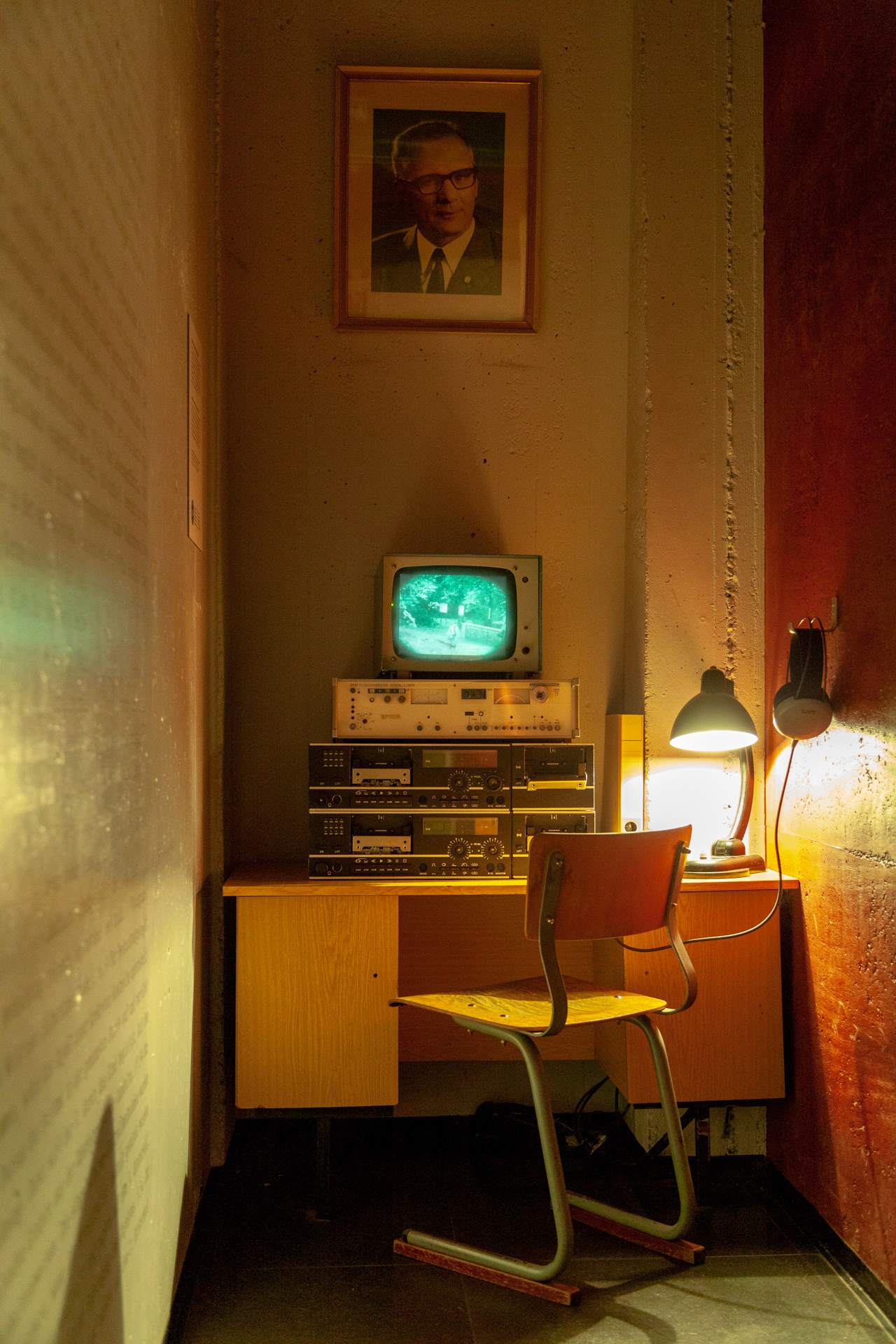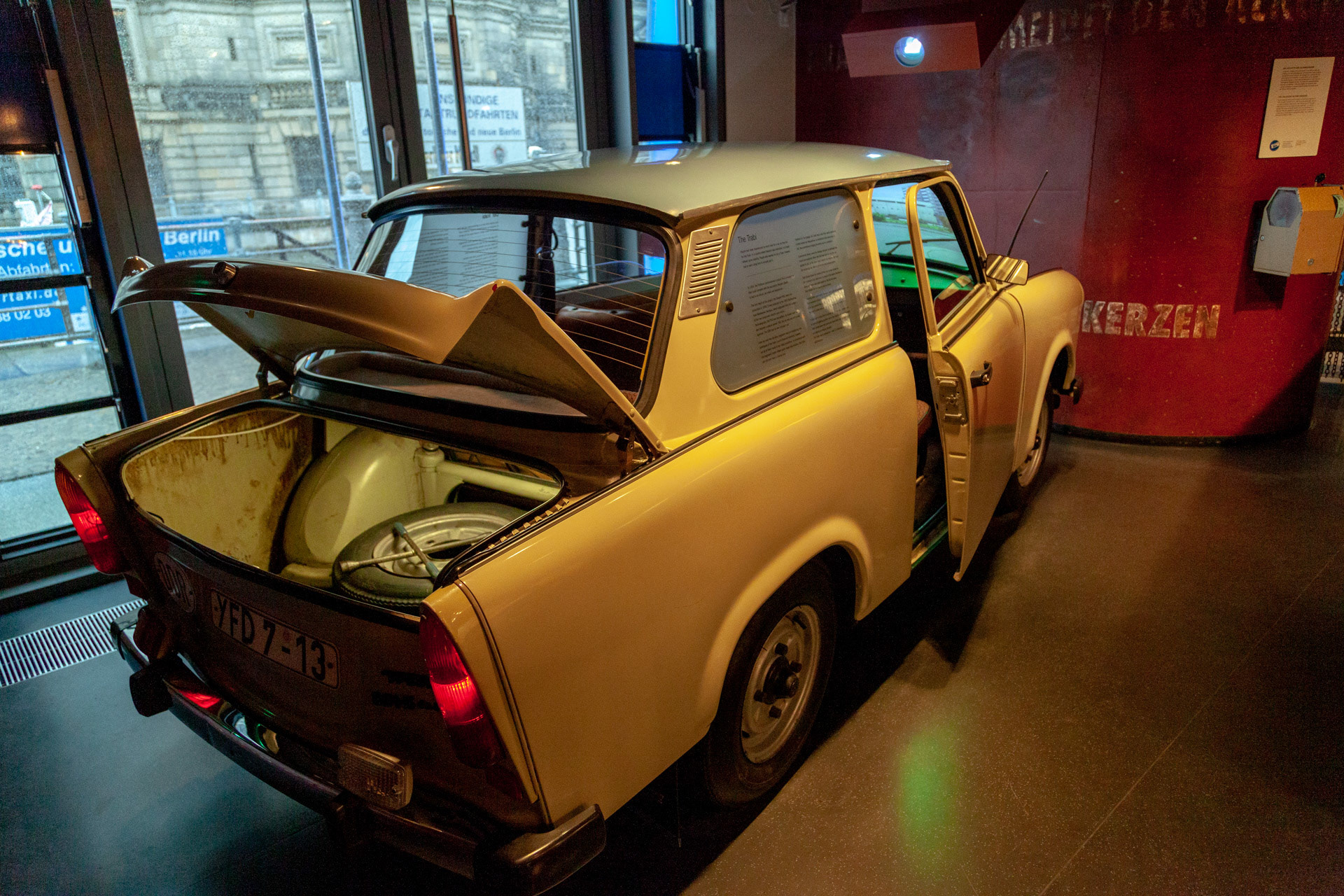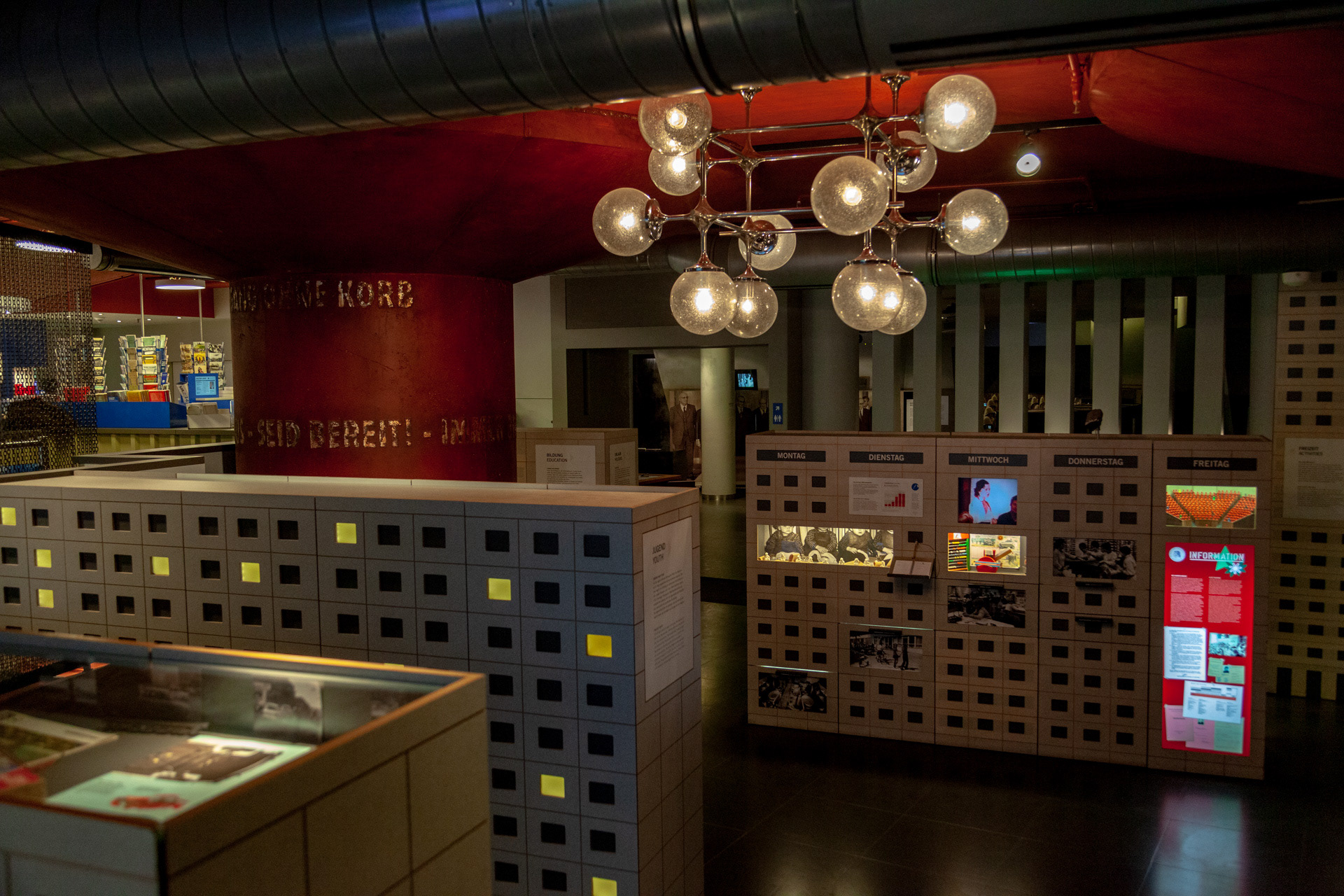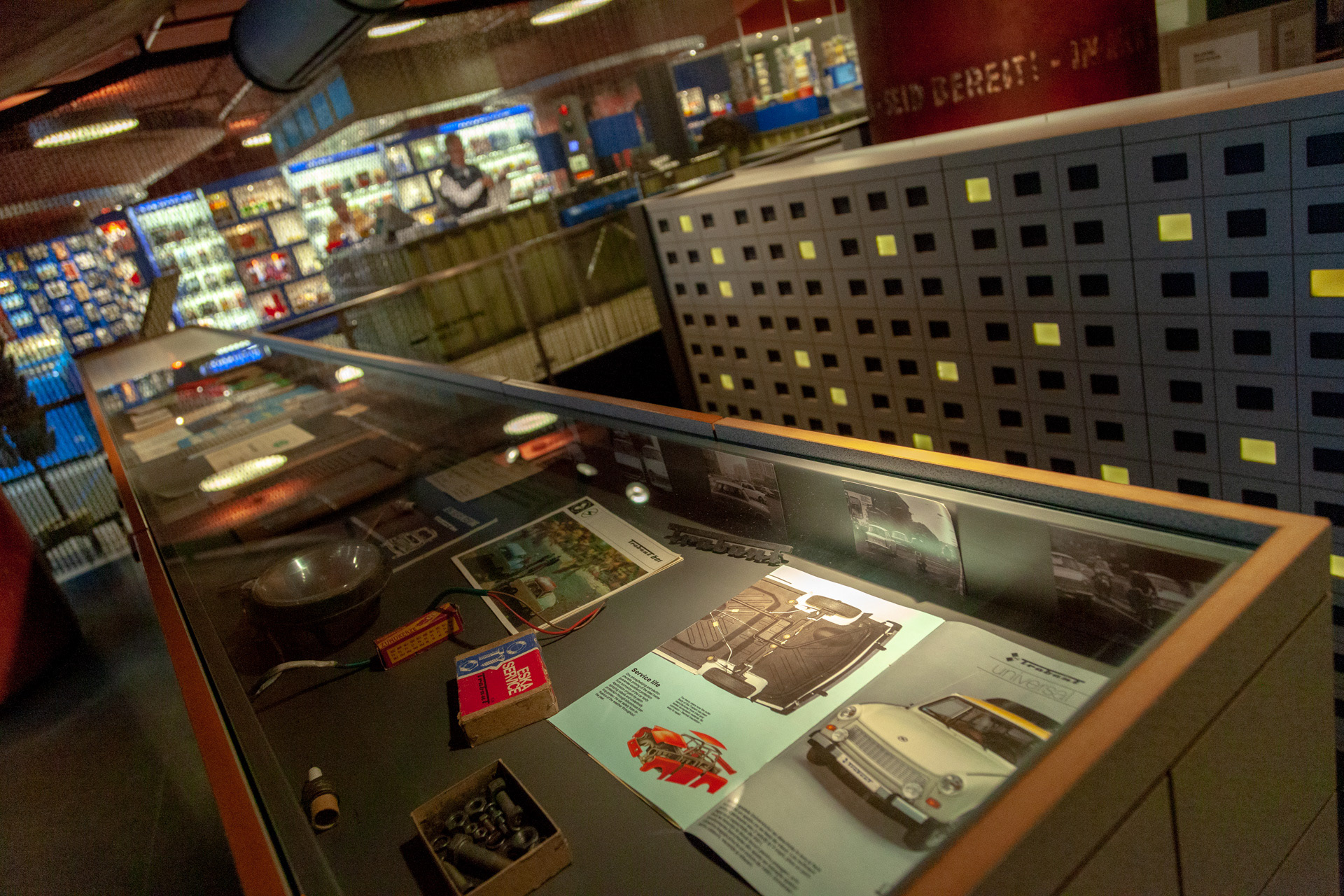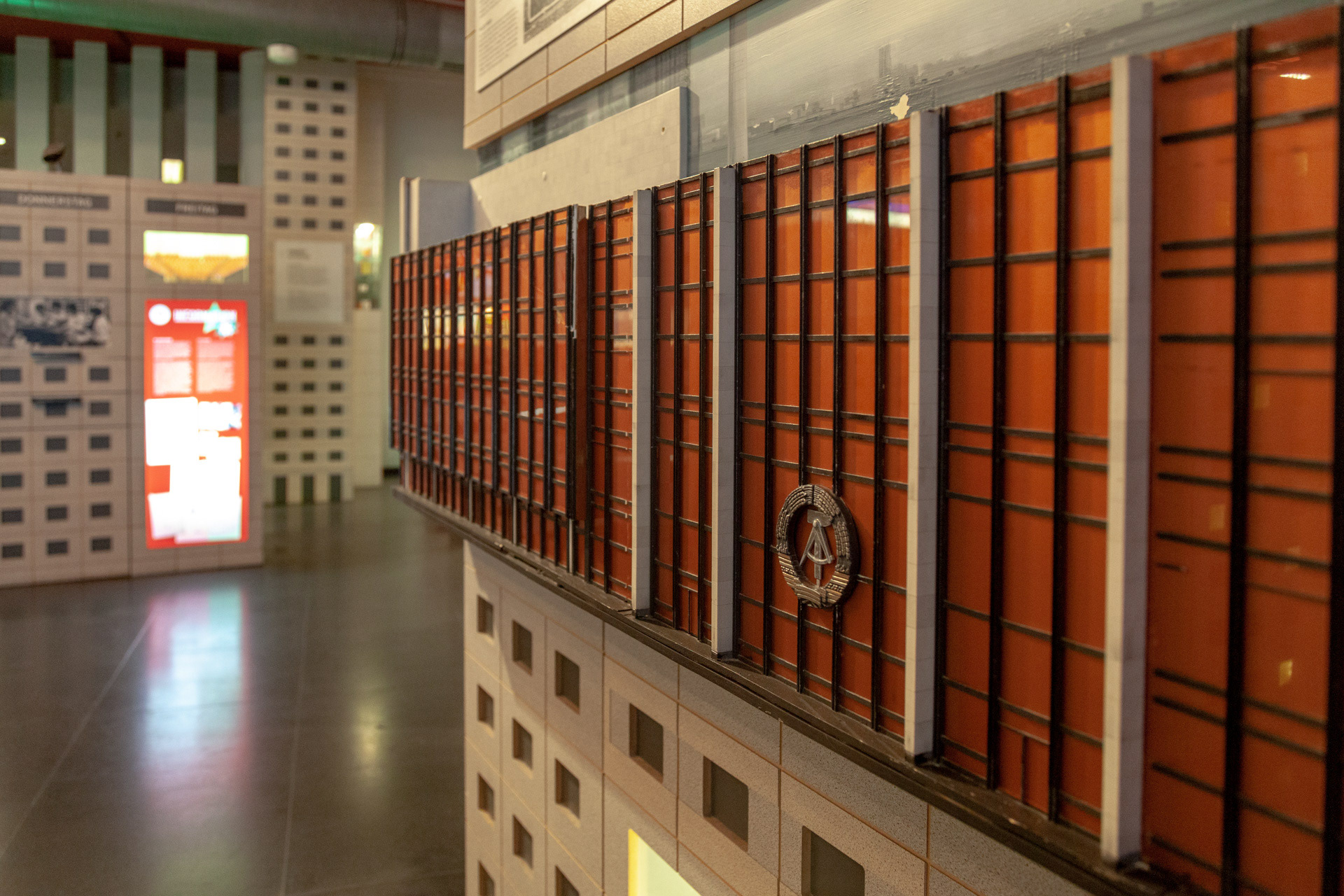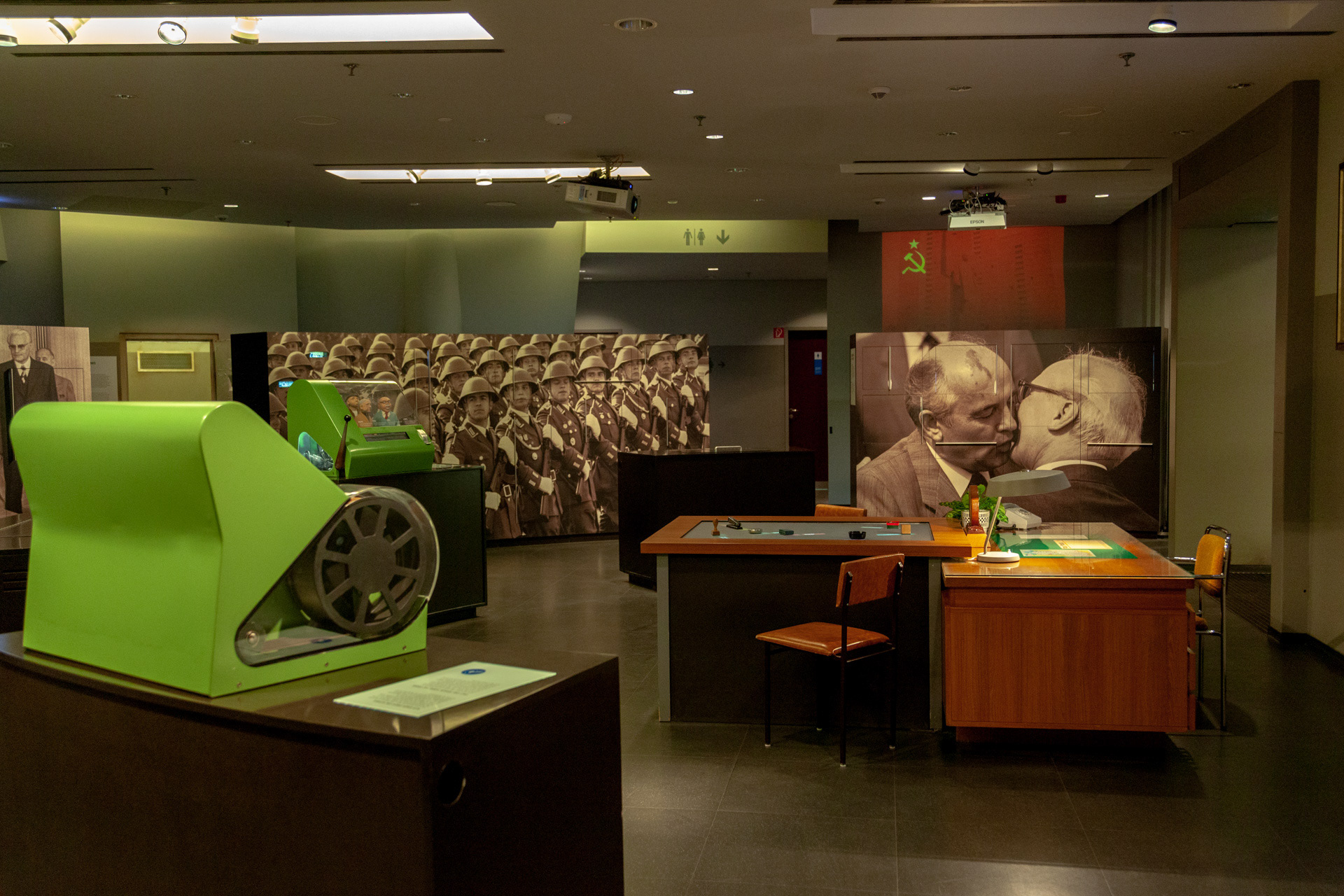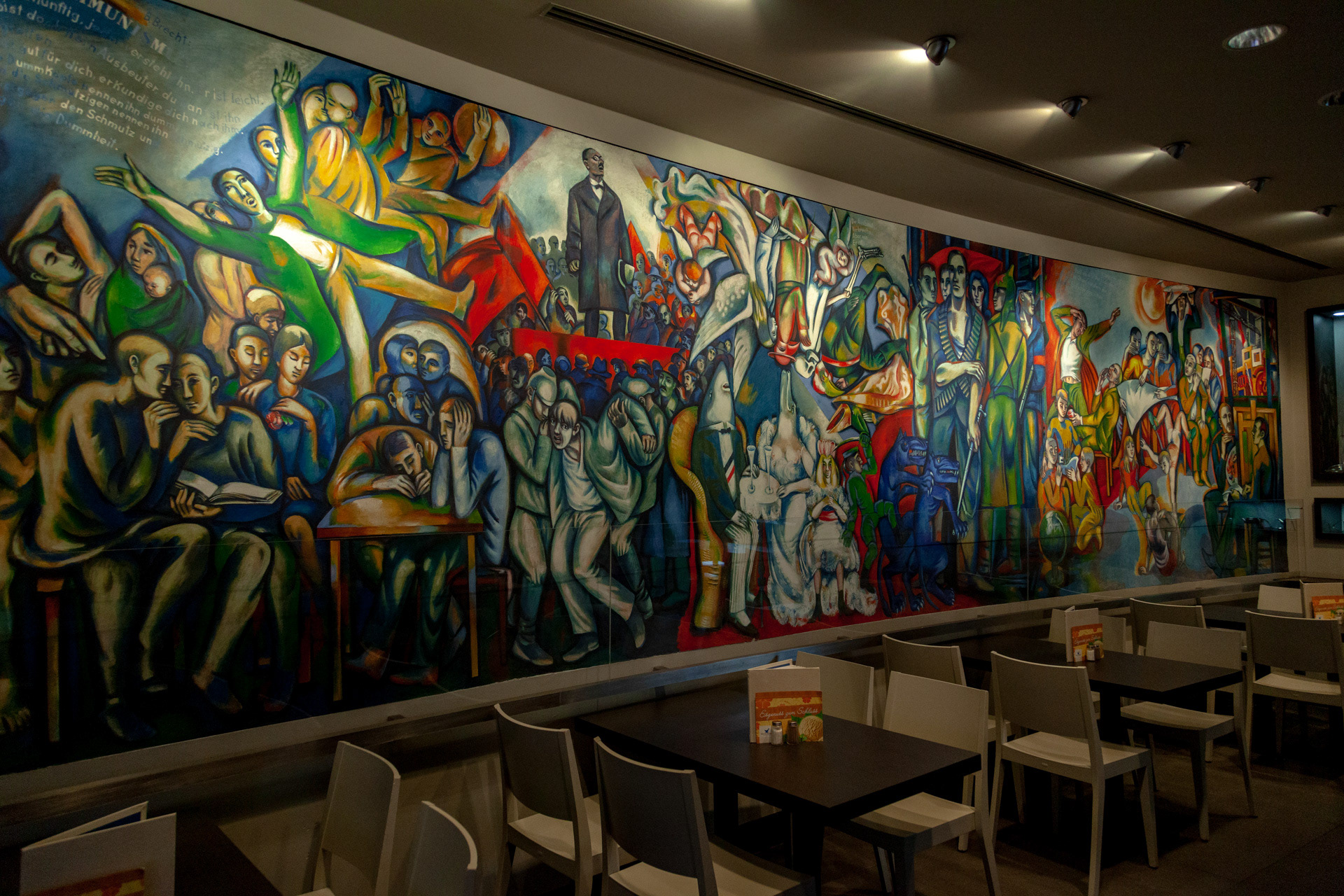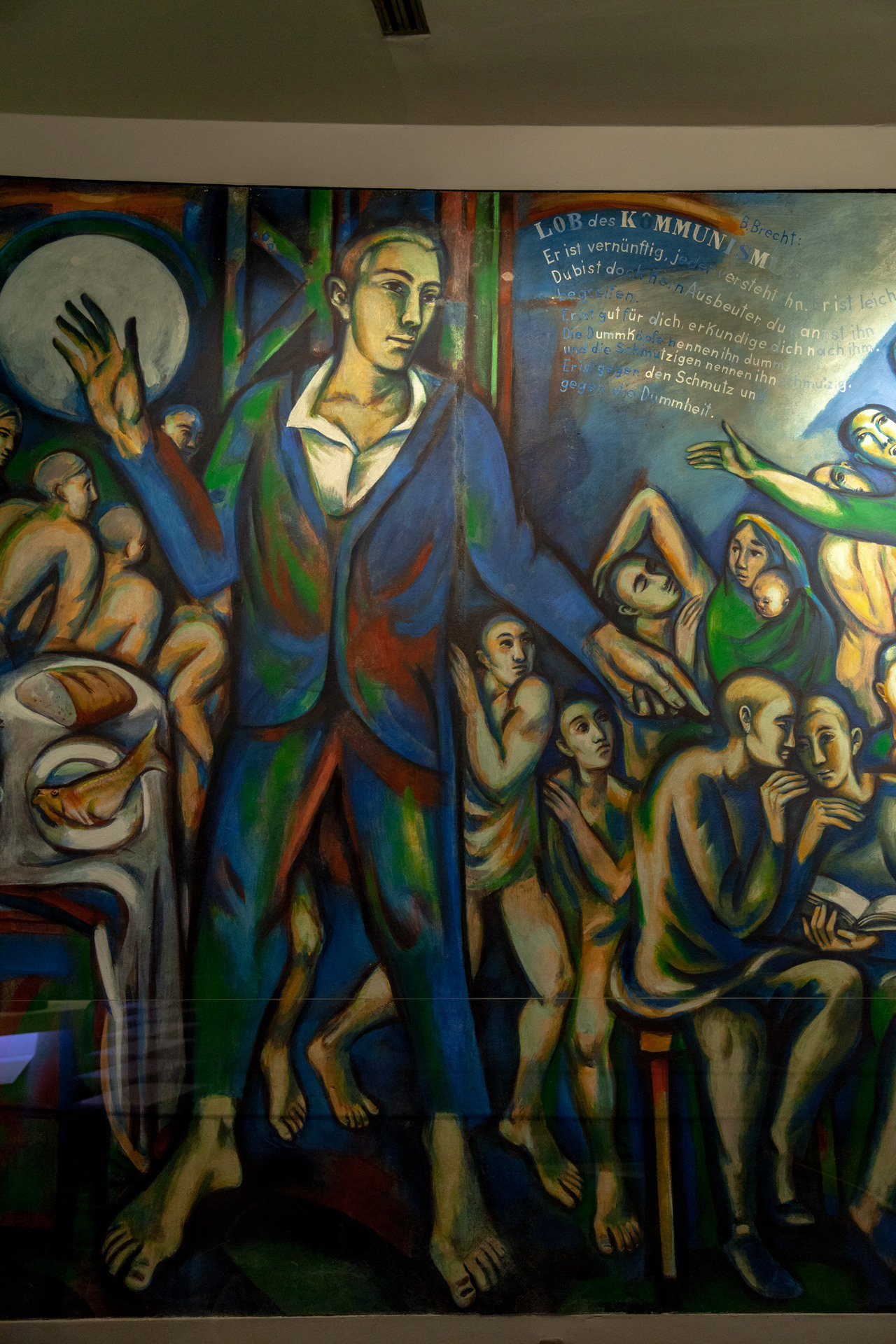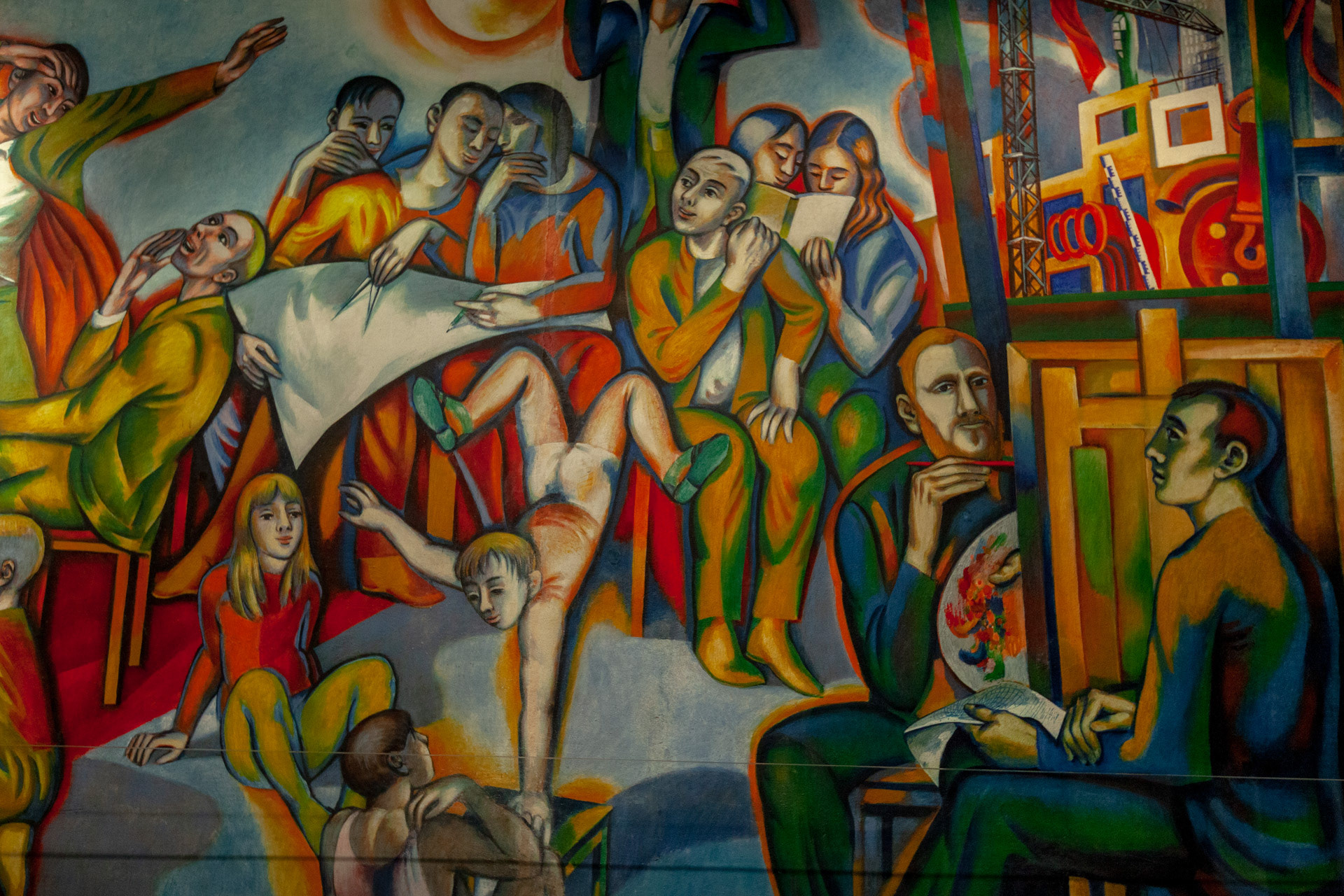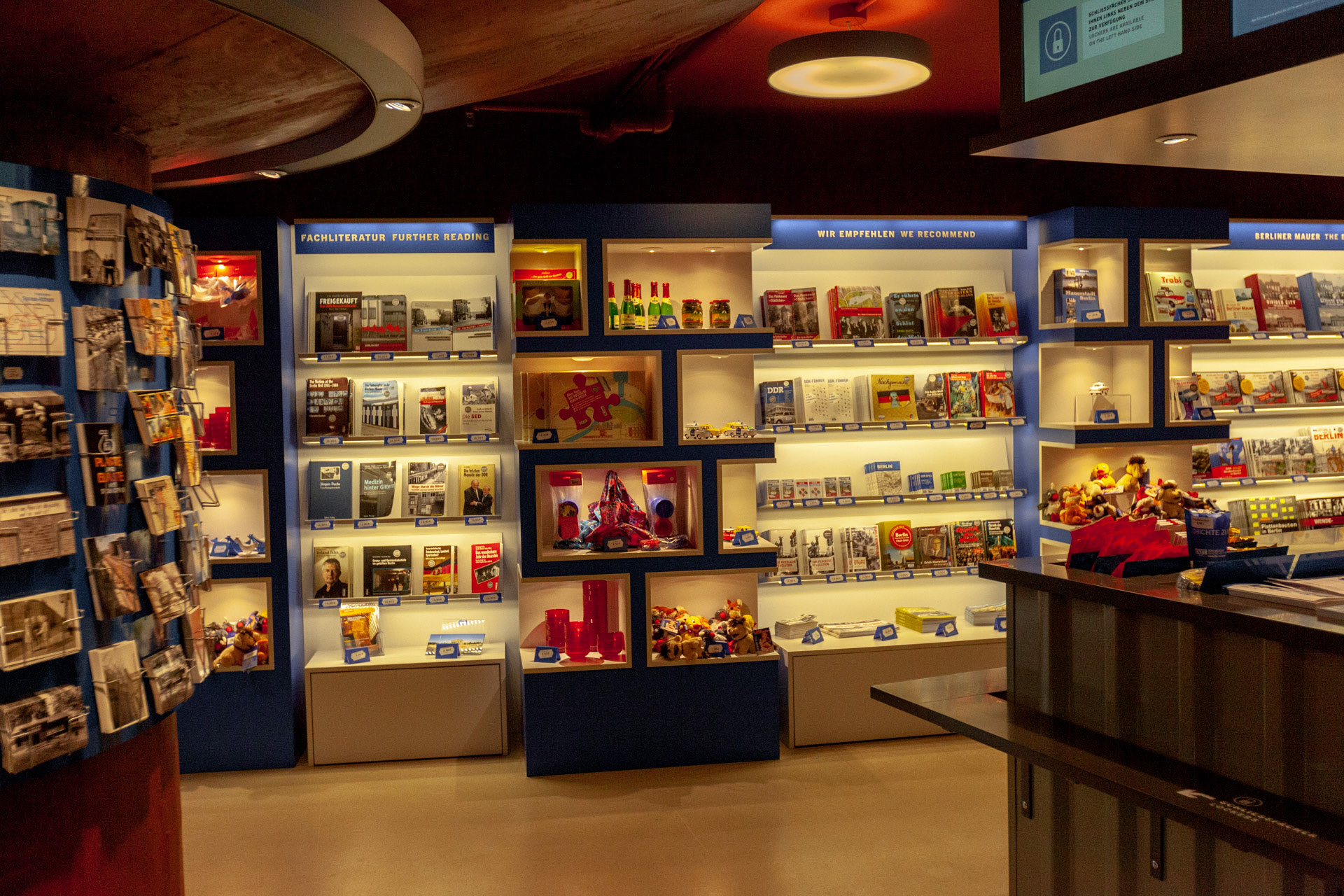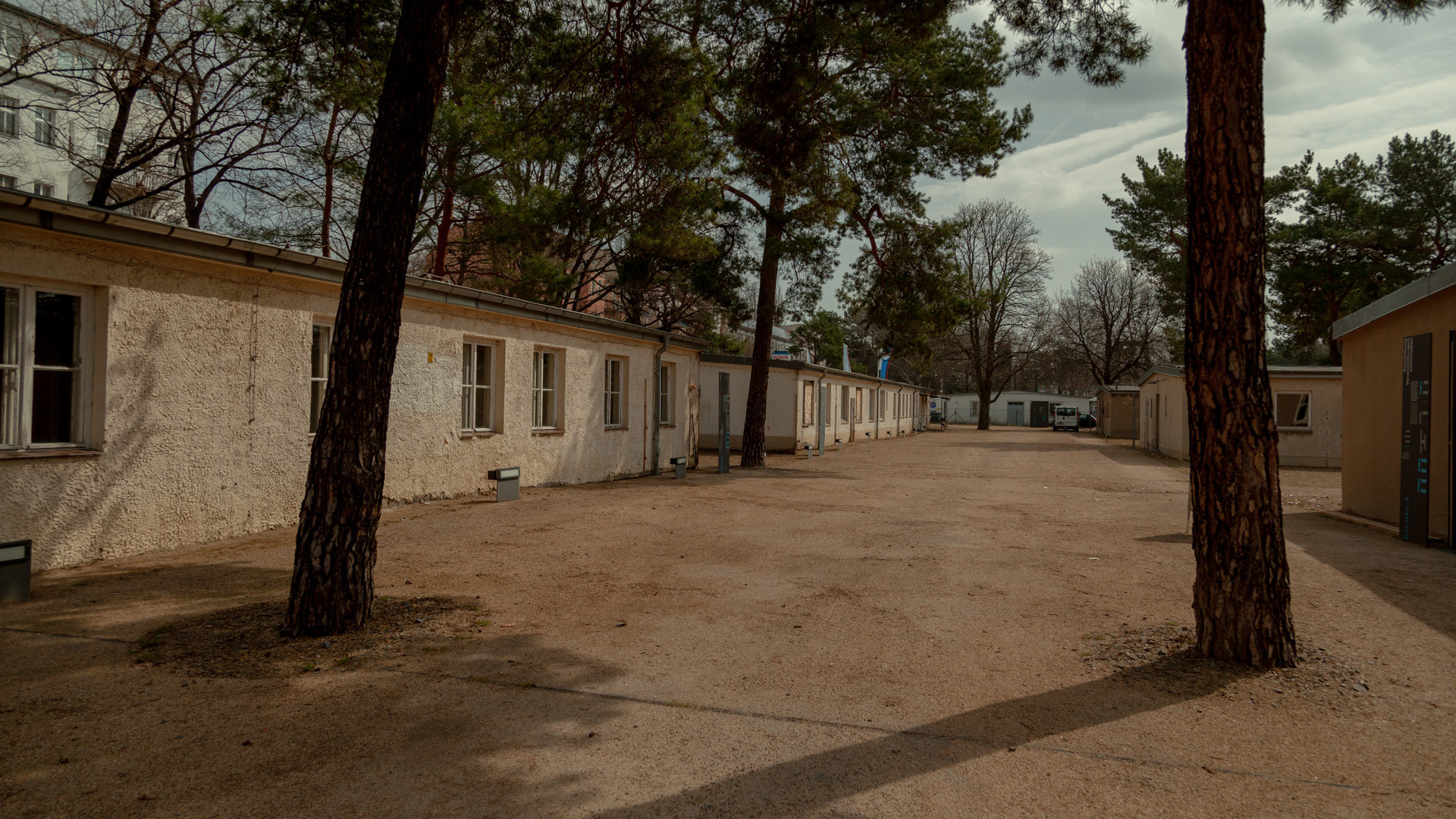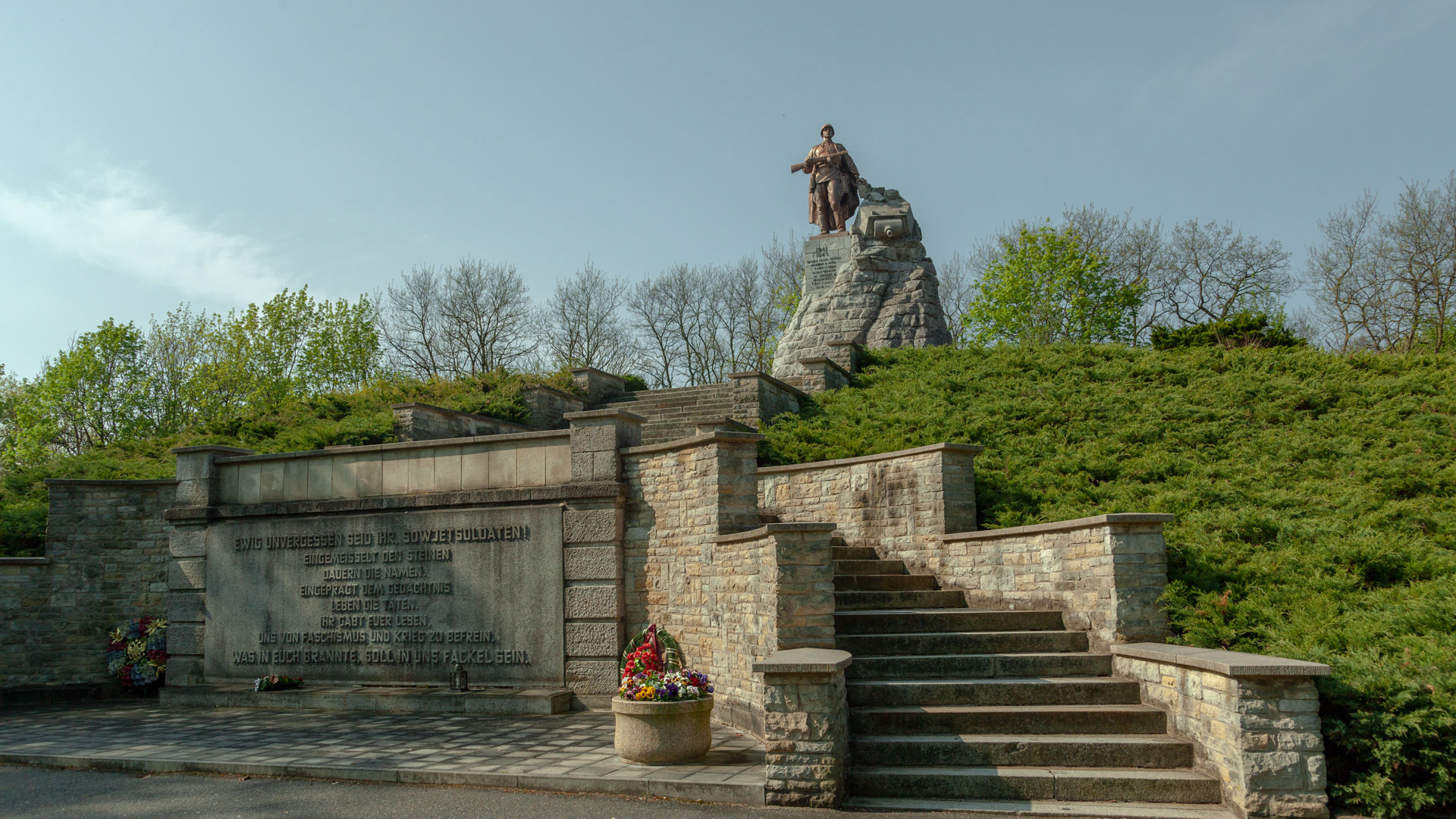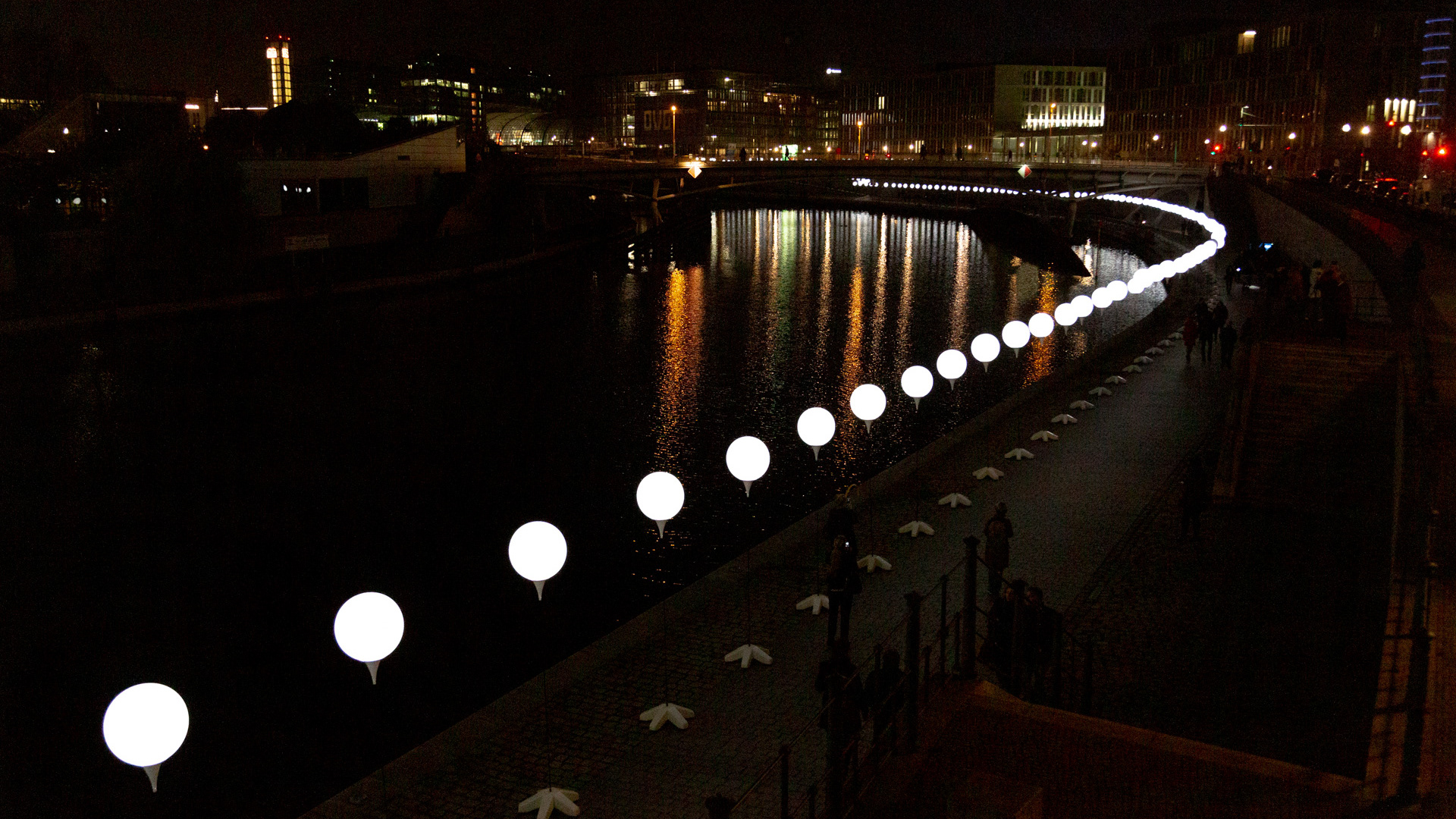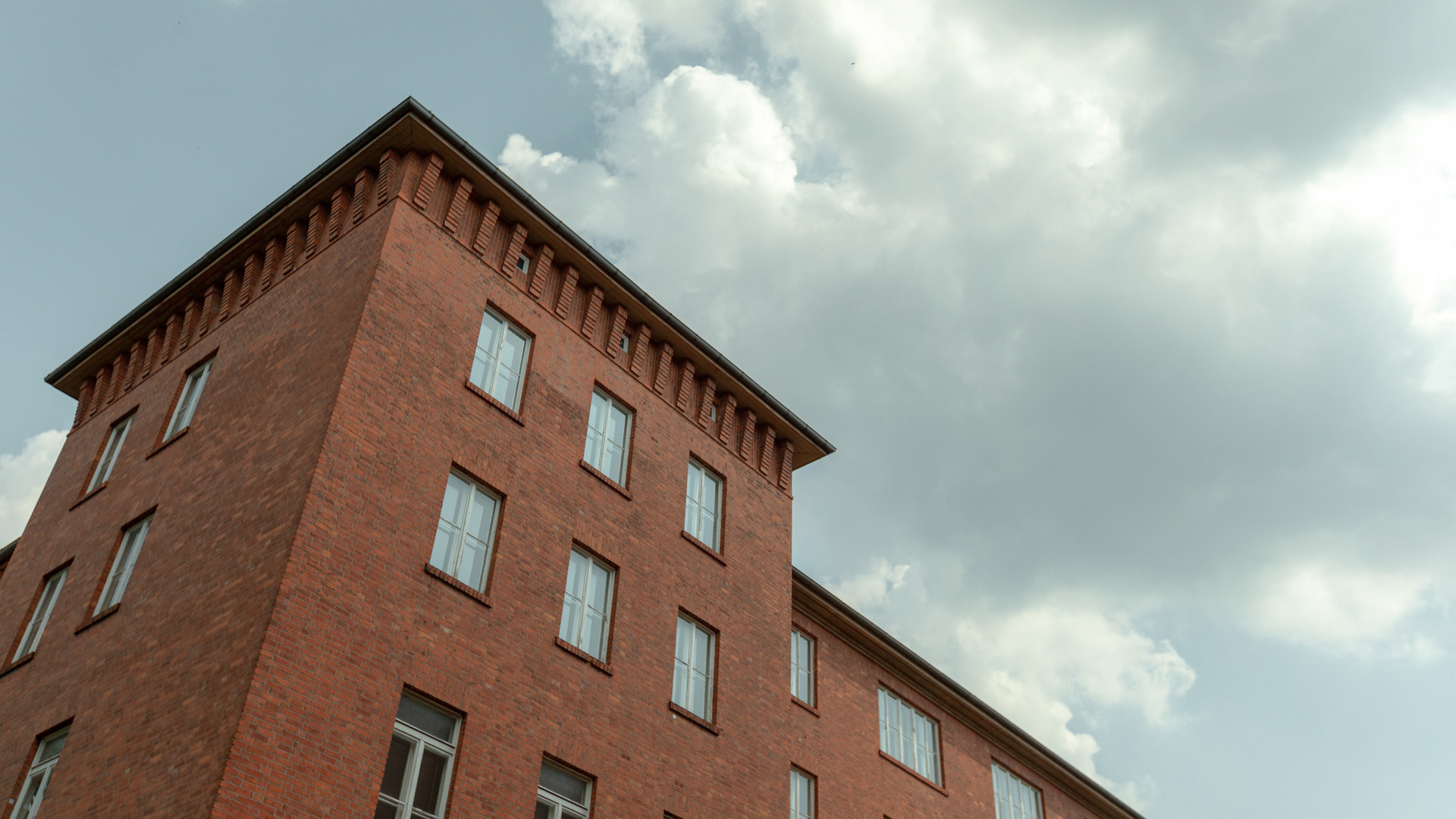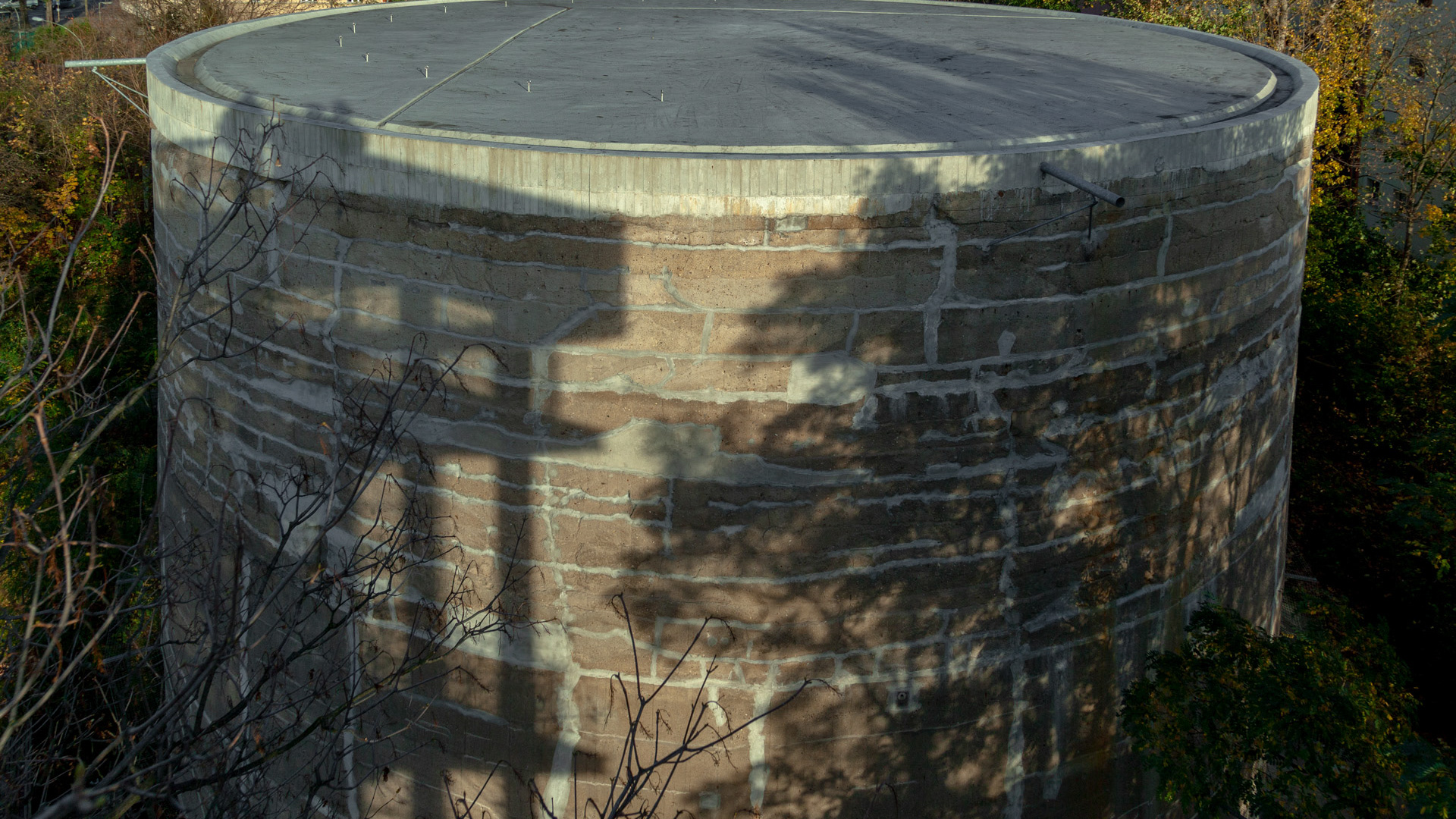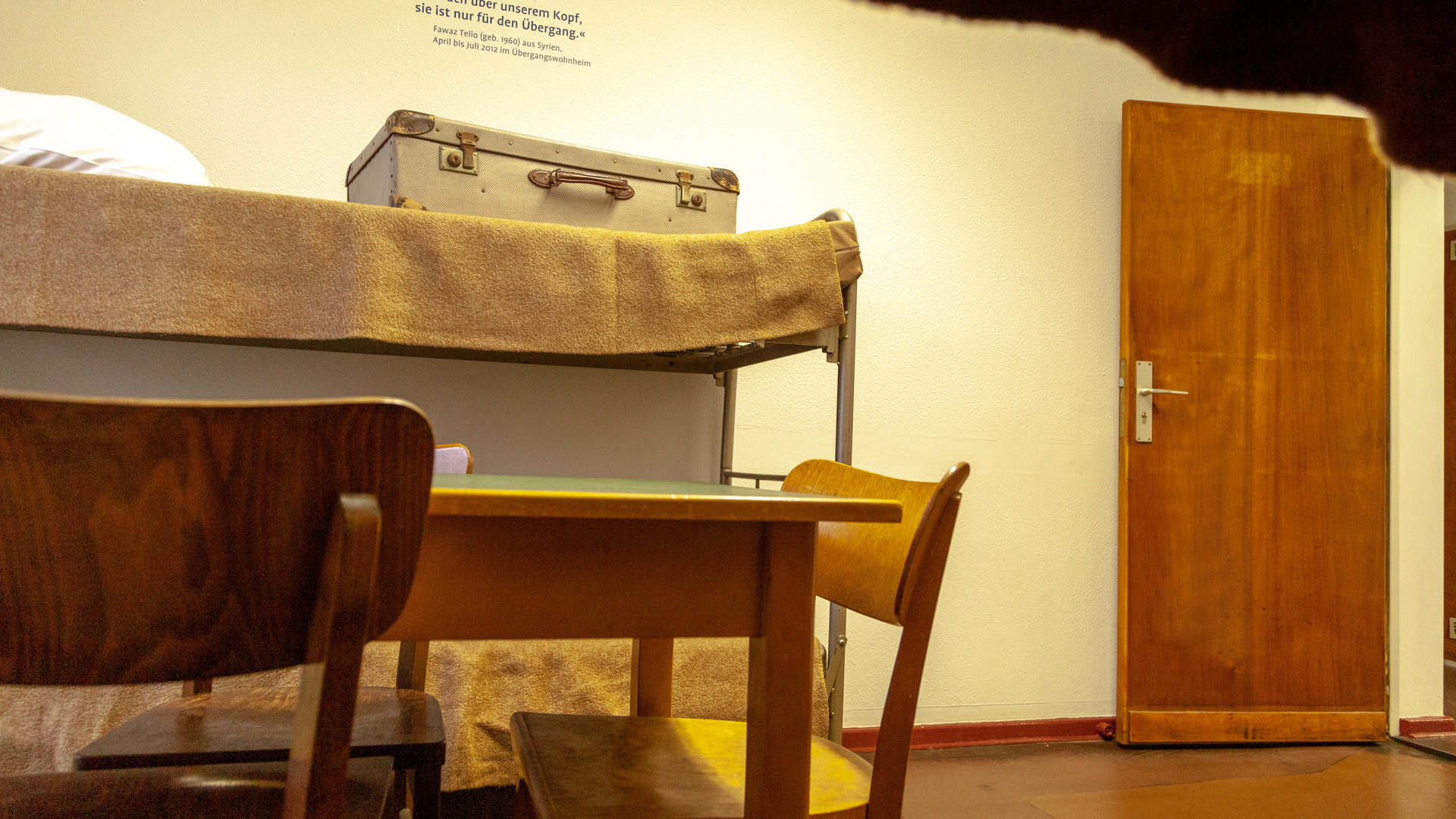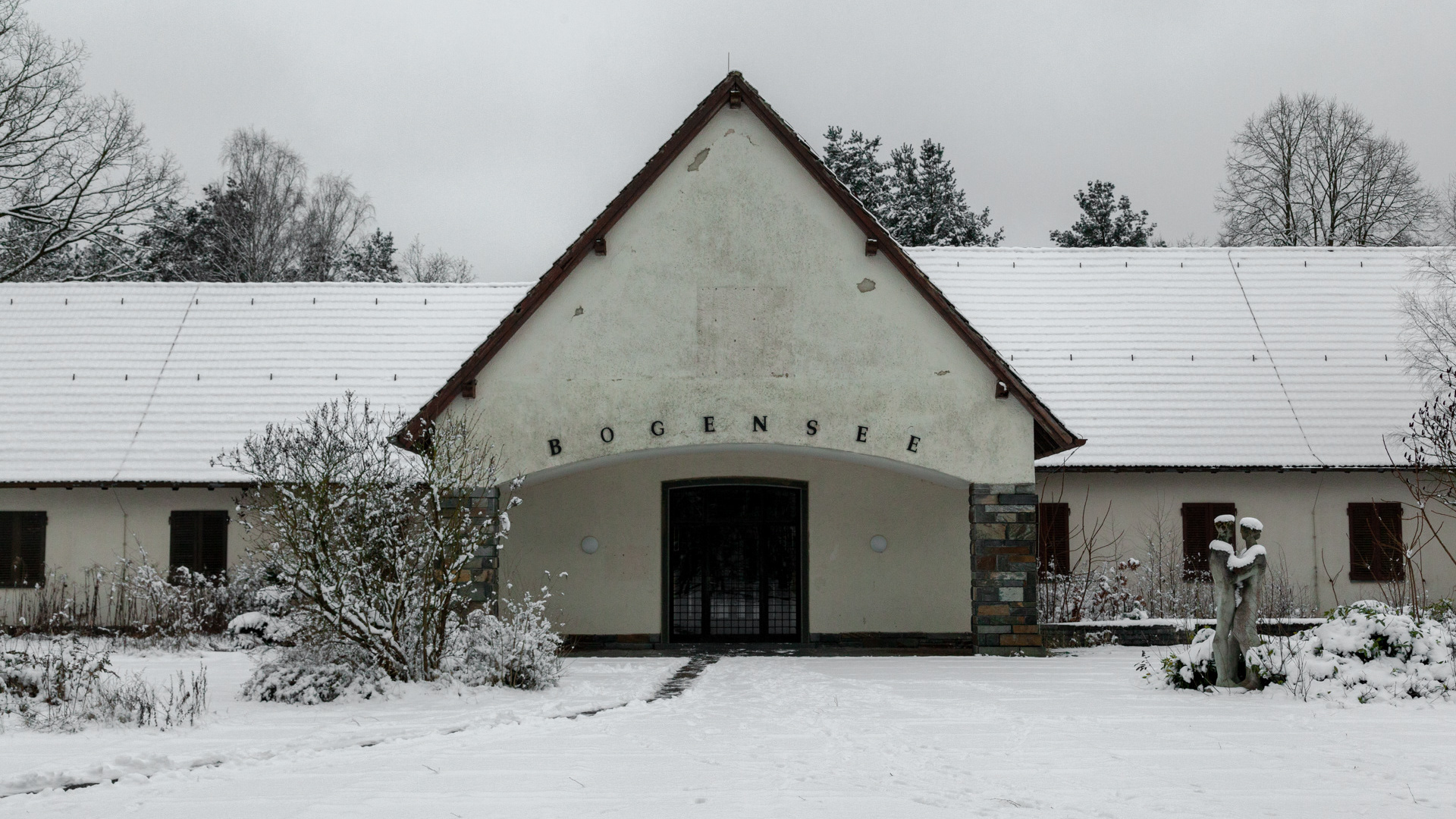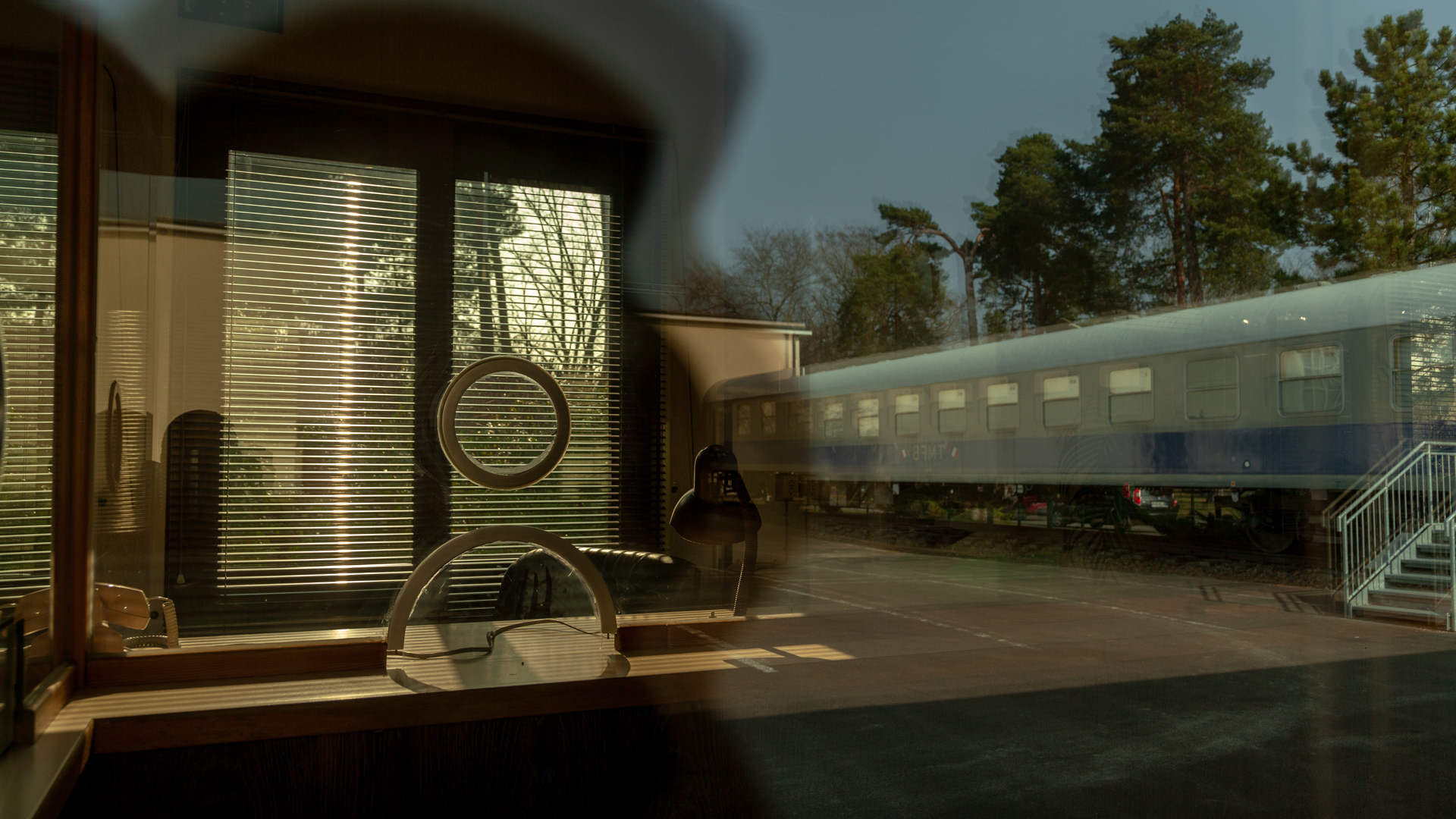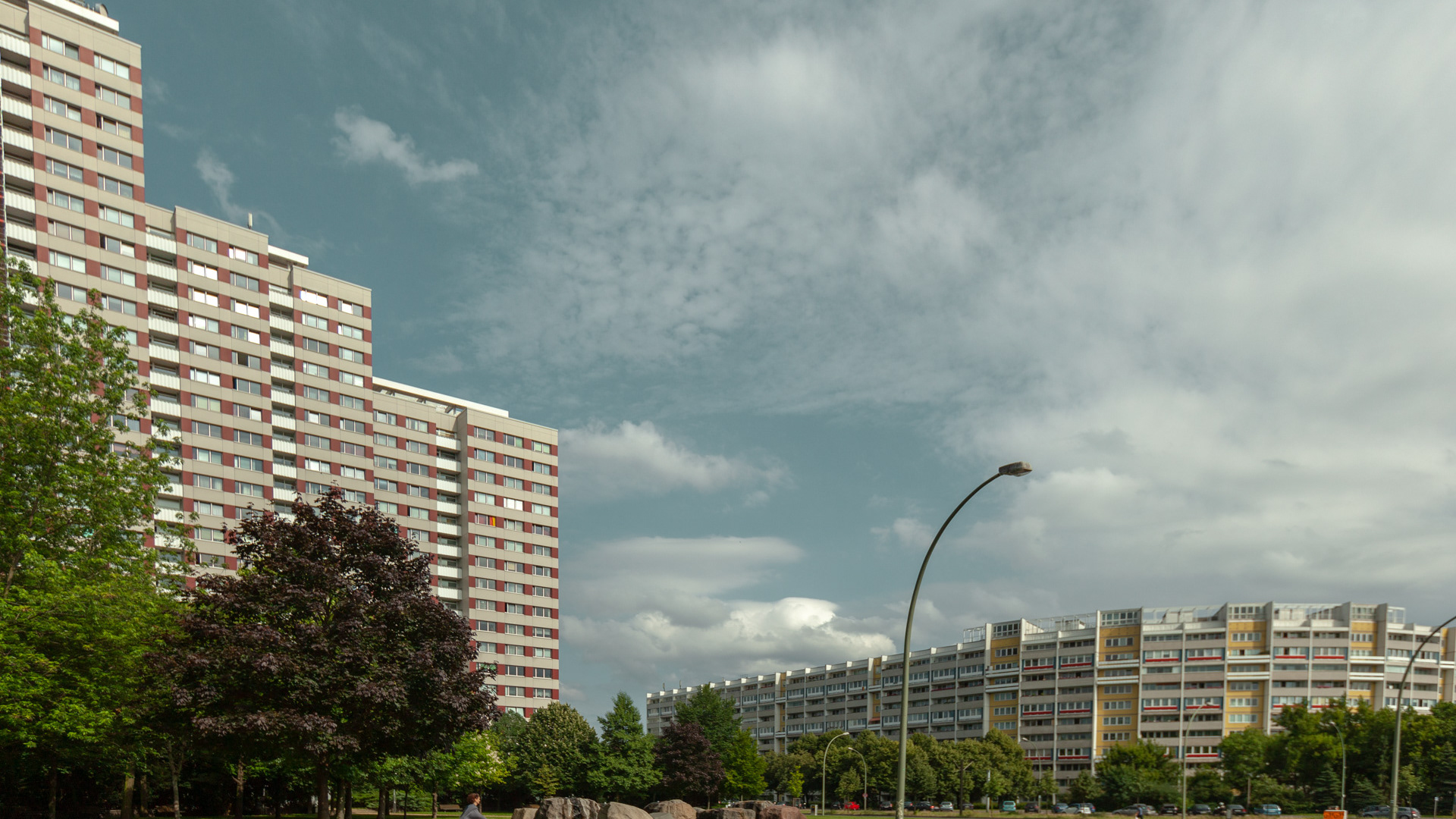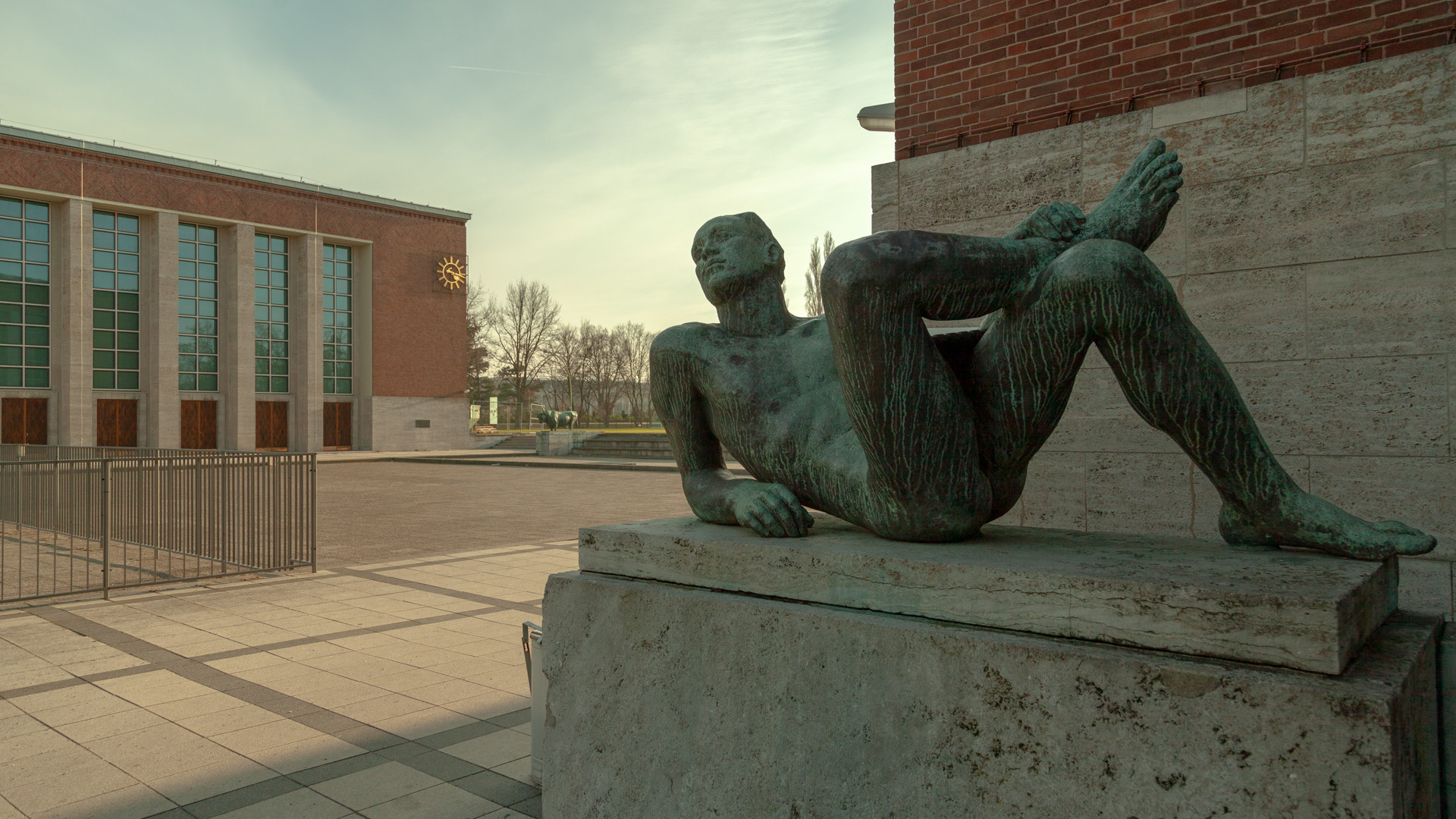This is not the first time we have a look inside some museums in Berlin (Inside the Stasi Museum, Inside the Palace of Tears or the German-Russian Museum in Karlshorst) and this time we've been invited directly by the Museum and by Federica Felicetti to take some pictures.
The DDR Museum is very central, just near the Berliner Dom, it's dedicated to the life of Berlin during the East Germany and it is usually full of tourists.
It has been recently expanded, the oldest part is made in a plattenbau buildings shape shelfs, with drawers to open, full of stories to read and original small objects to look at. Mostly all the topics of the history of DDR are covered and being and interactive museum, it is possible to drive an interactive Trabant, to visit an appartment with original DDR furniture, there's a prison room and an interrogatory room, and the new part of the museum hosts a political room and informations about the NVA.
But what is very fascinating in these kind of museums, is to look for original objects and among the others, the museum hosts a chandelier from the Palast der Republik and very important, the wall paiting "Lob des Kommunismus" by Ronald Paris (which is now in the restaurant area), that was in the abandoned Haus der Statistik (the Stasi administrative building in Alexanderplatz; the future of that building is most probably to be demolished, so at least they've saved the paiting).
They also have some other objects that are on an extended loan, like a cinema projector or the Zionkirche's rotary press, used to print the protest flyers during the DDR time, when the pastor Hans Simon gave the basement to the opposition's groups like the „Friedens- und Umweltkreis in der Zionsgemeinde“. As Federica has explained us while she was guiding through the museum, there are a lot of donations of objects made by former DDR citizens, maybe forgotten in some boxes for the last 25years. As we've already argued in OstPro Berlin - Back to the DDR for one day, "the memory of the SED-Diktatur is far away from the everyday life of people, the ideology is totally disappeared and maybe it's time to see what's left".
It's hard for a foreigner to judge a museum dedicated to local memory and history, the general feeling is positive, although the space looks sometimes too small to examine in depth all the topics. I'm sure that the former DDR citizens will love it, so full of their memories.
The DDR Museum is very central, just near the Berliner Dom, it's dedicated to the life of Berlin during the East Germany and it is usually full of tourists.
It has been recently expanded, the oldest part is made in a plattenbau buildings shape shelfs, with drawers to open, full of stories to read and original small objects to look at. Mostly all the topics of the history of DDR are covered and being and interactive museum, it is possible to drive an interactive Trabant, to visit an appartment with original DDR furniture, there's a prison room and an interrogatory room, and the new part of the museum hosts a political room and informations about the NVA.
But what is very fascinating in these kind of museums, is to look for original objects and among the others, the museum hosts a chandelier from the Palast der Republik and very important, the wall paiting "Lob des Kommunismus" by Ronald Paris (which is now in the restaurant area), that was in the abandoned Haus der Statistik (the Stasi administrative building in Alexanderplatz; the future of that building is most probably to be demolished, so at least they've saved the paiting).
They also have some other objects that are on an extended loan, like a cinema projector or the Zionkirche's rotary press, used to print the protest flyers during the DDR time, when the pastor Hans Simon gave the basement to the opposition's groups like the „Friedens- und Umweltkreis in der Zionsgemeinde“. As Federica has explained us while she was guiding through the museum, there are a lot of donations of objects made by former DDR citizens, maybe forgotten in some boxes for the last 25years. As we've already argued in OstPro Berlin - Back to the DDR for one day, "the memory of the SED-Diktatur is far away from the everyday life of people, the ideology is totally disappeared and maybe it's time to see what's left".
It's hard for a foreigner to judge a museum dedicated to local memory and history, the general feeling is positive, although the space looks sometimes too small to examine in depth all the topics. I'm sure that the former DDR citizens will love it, so full of their memories.
